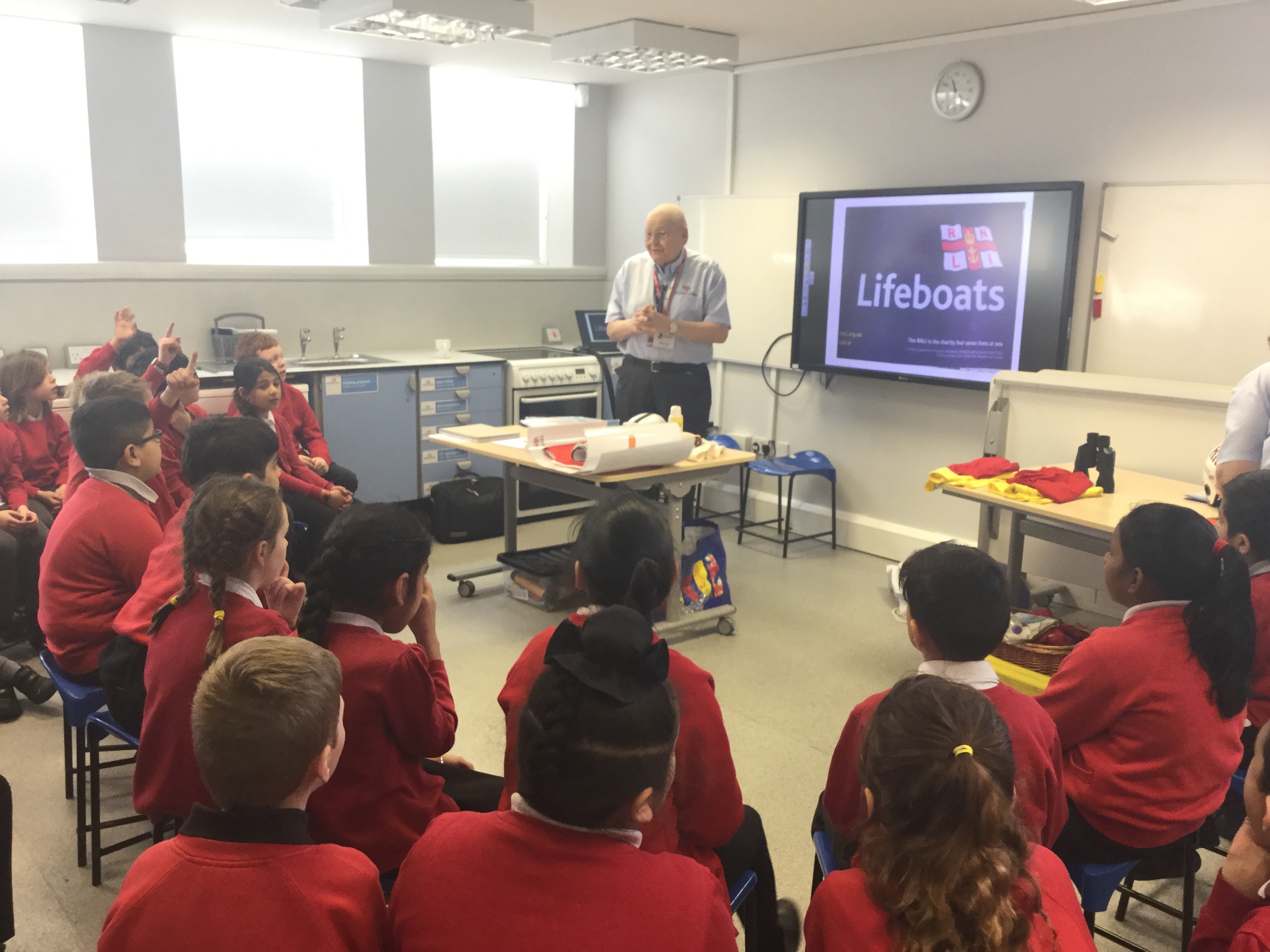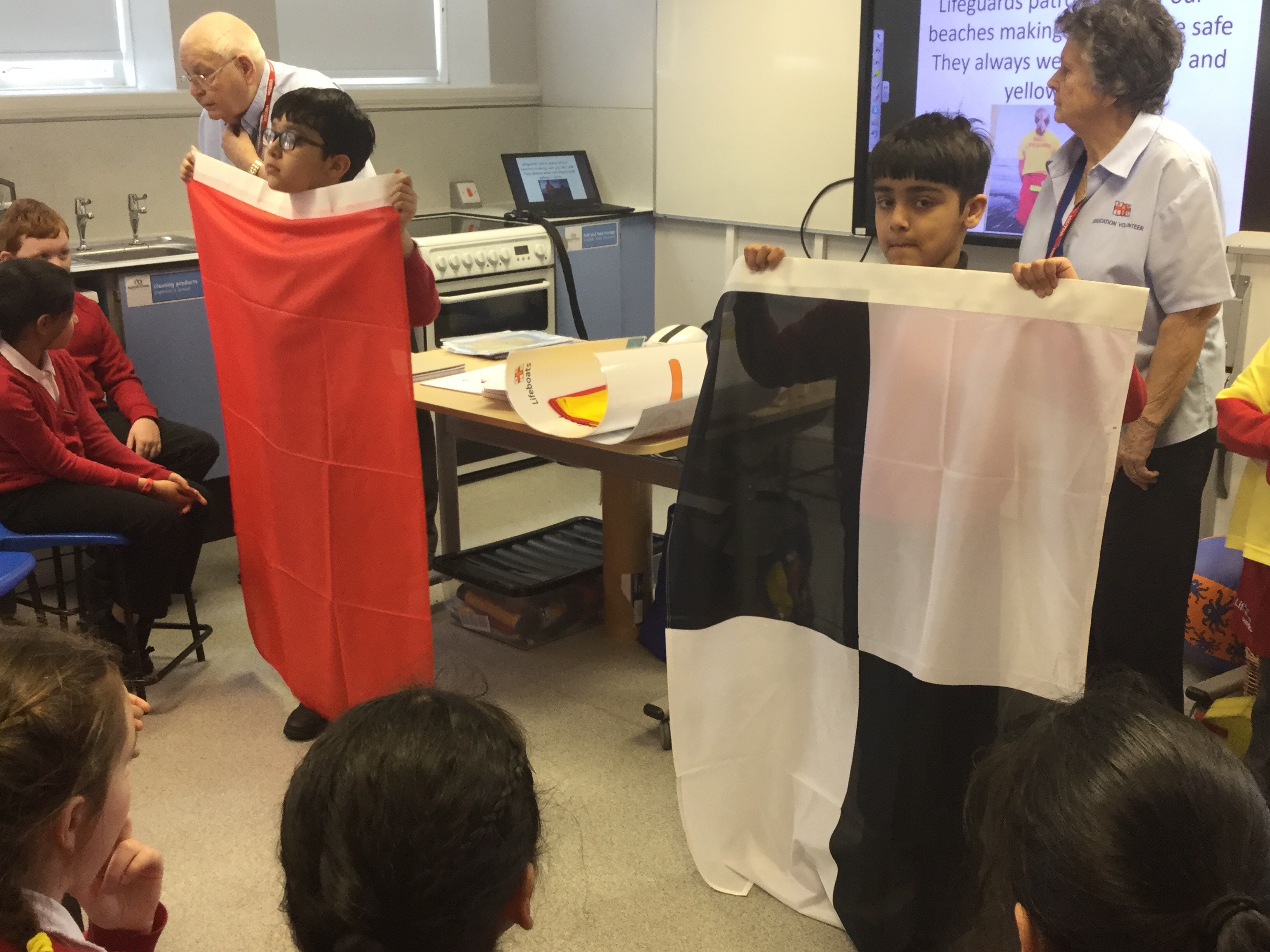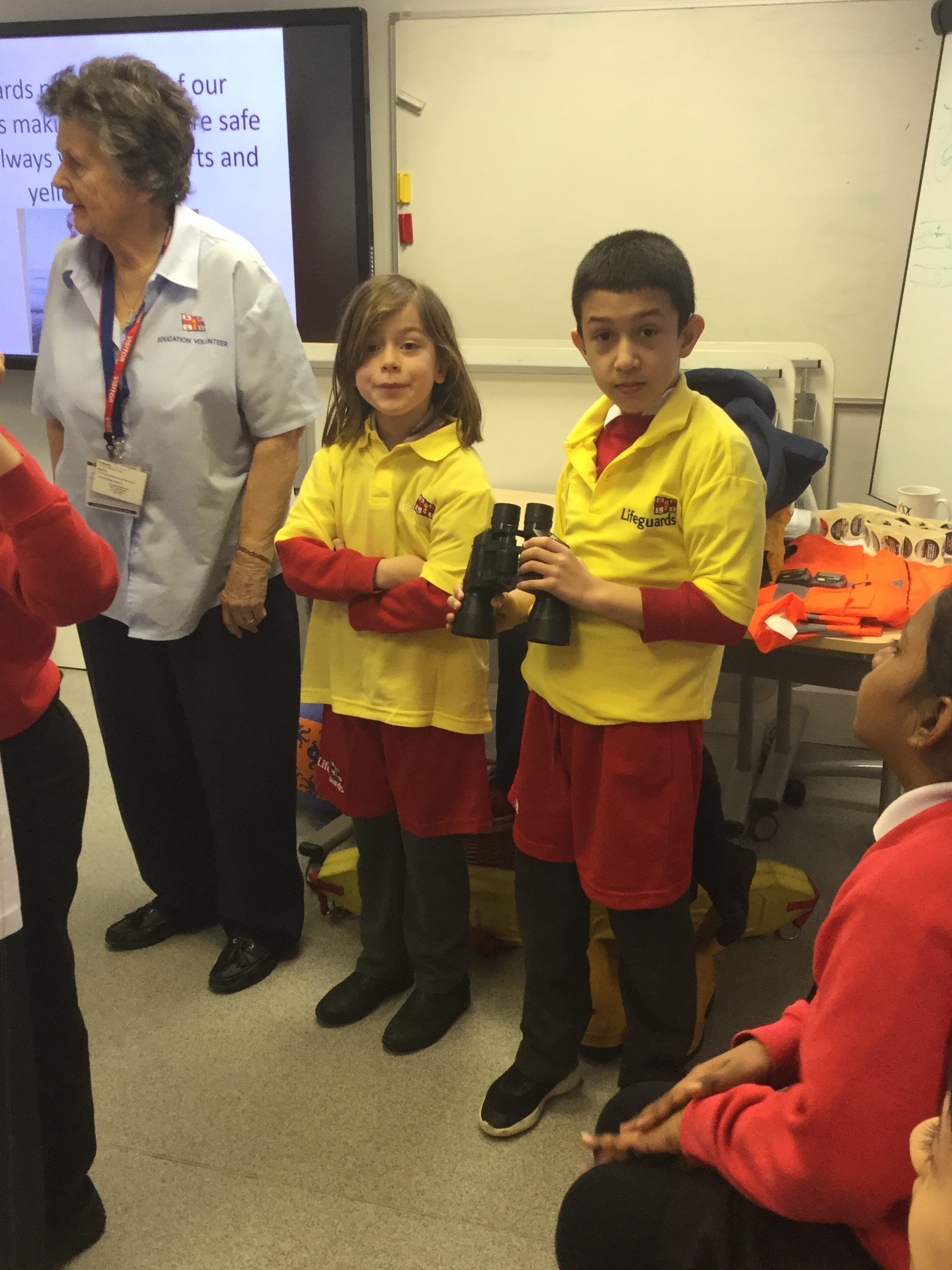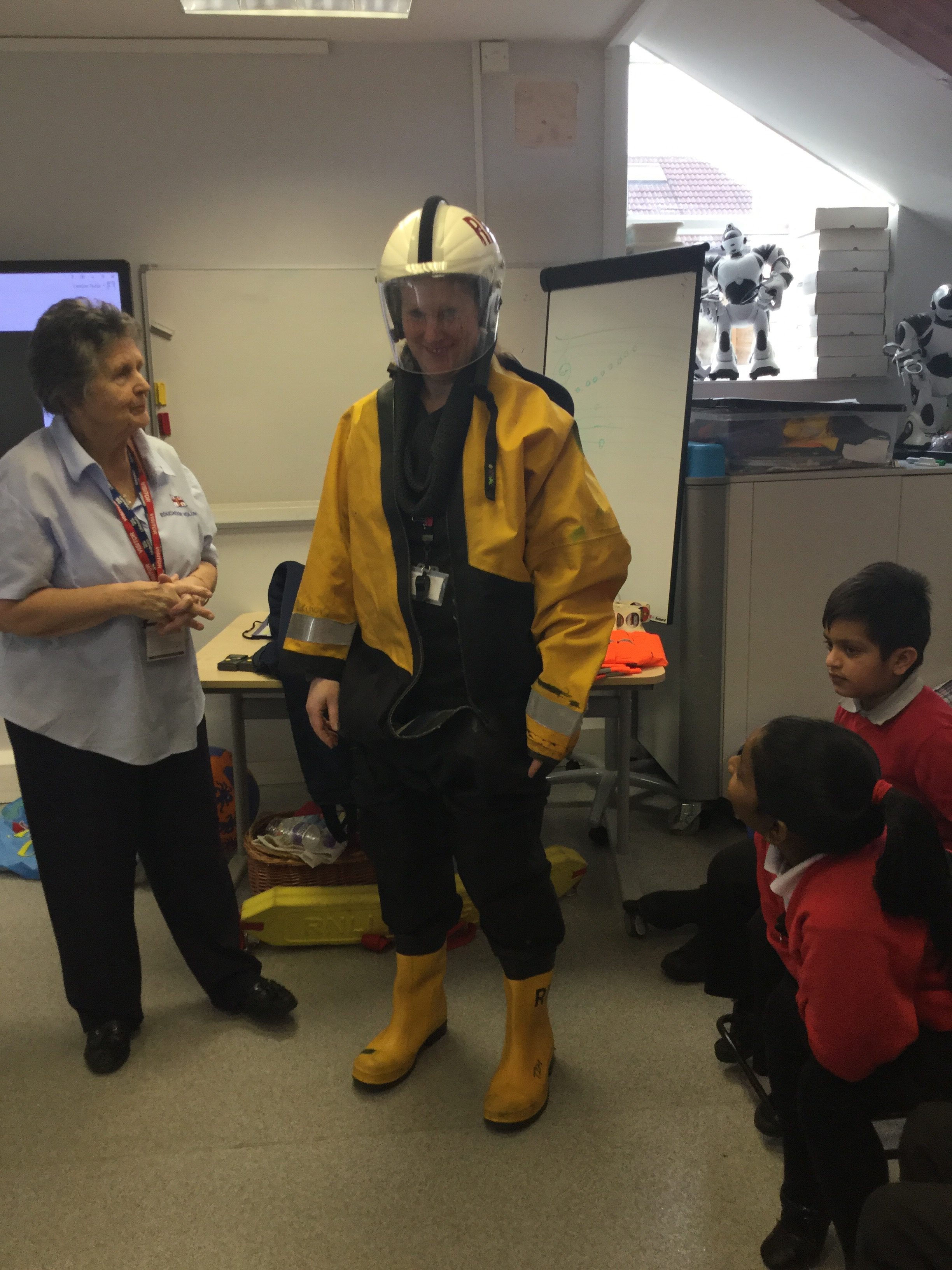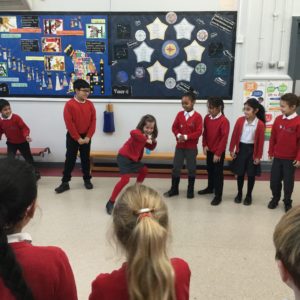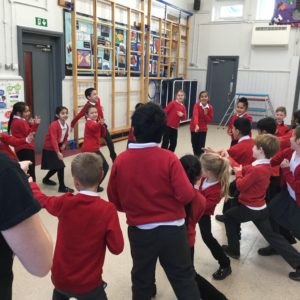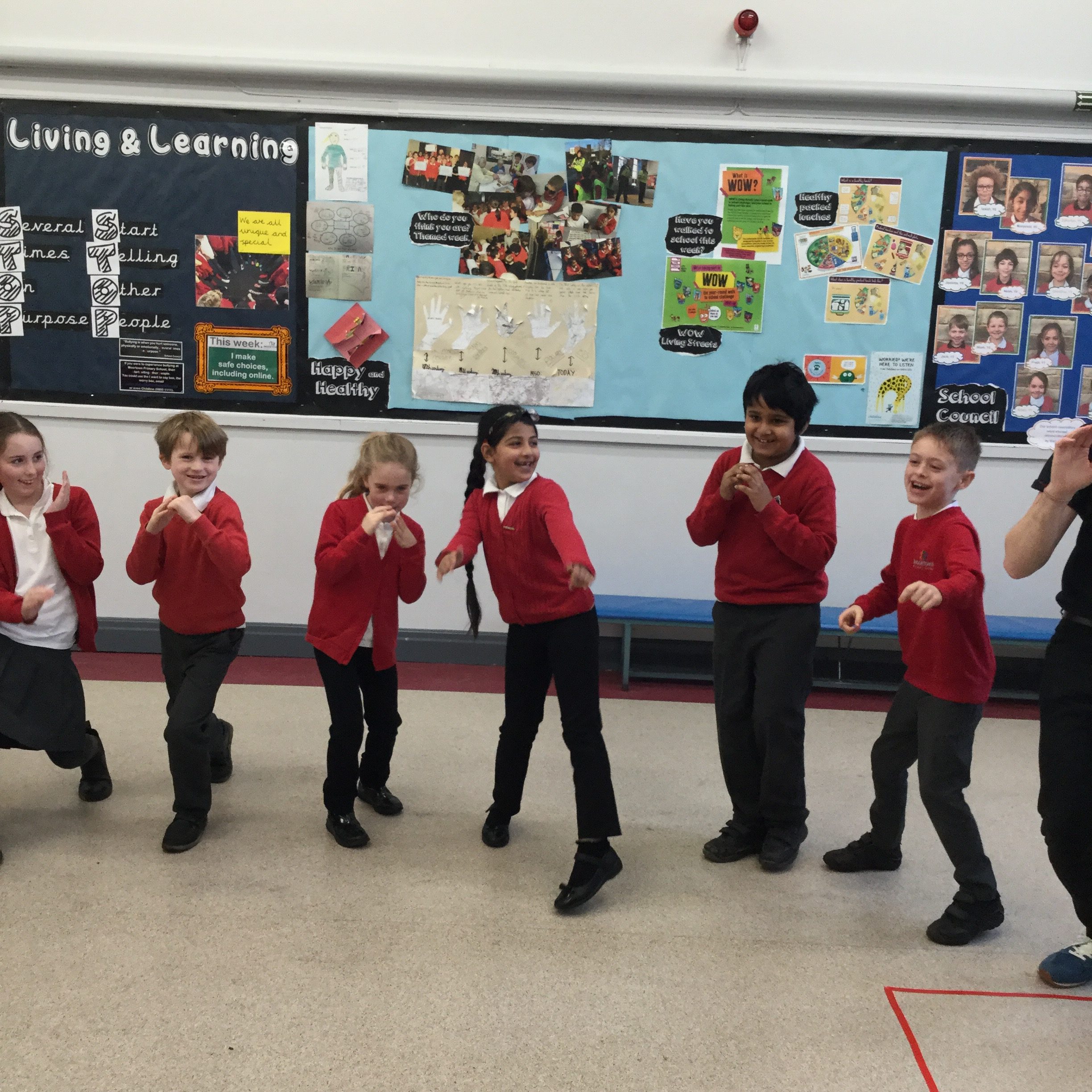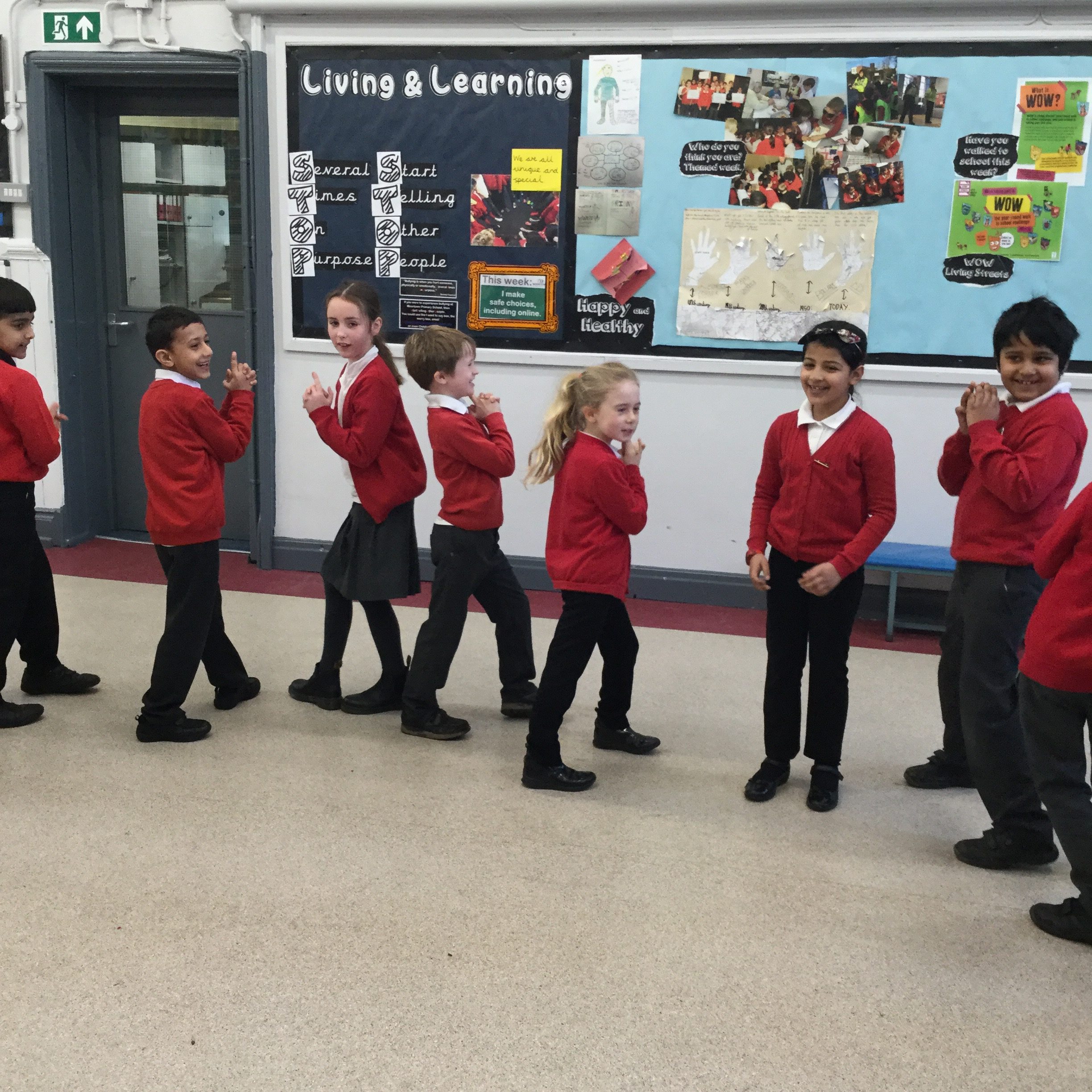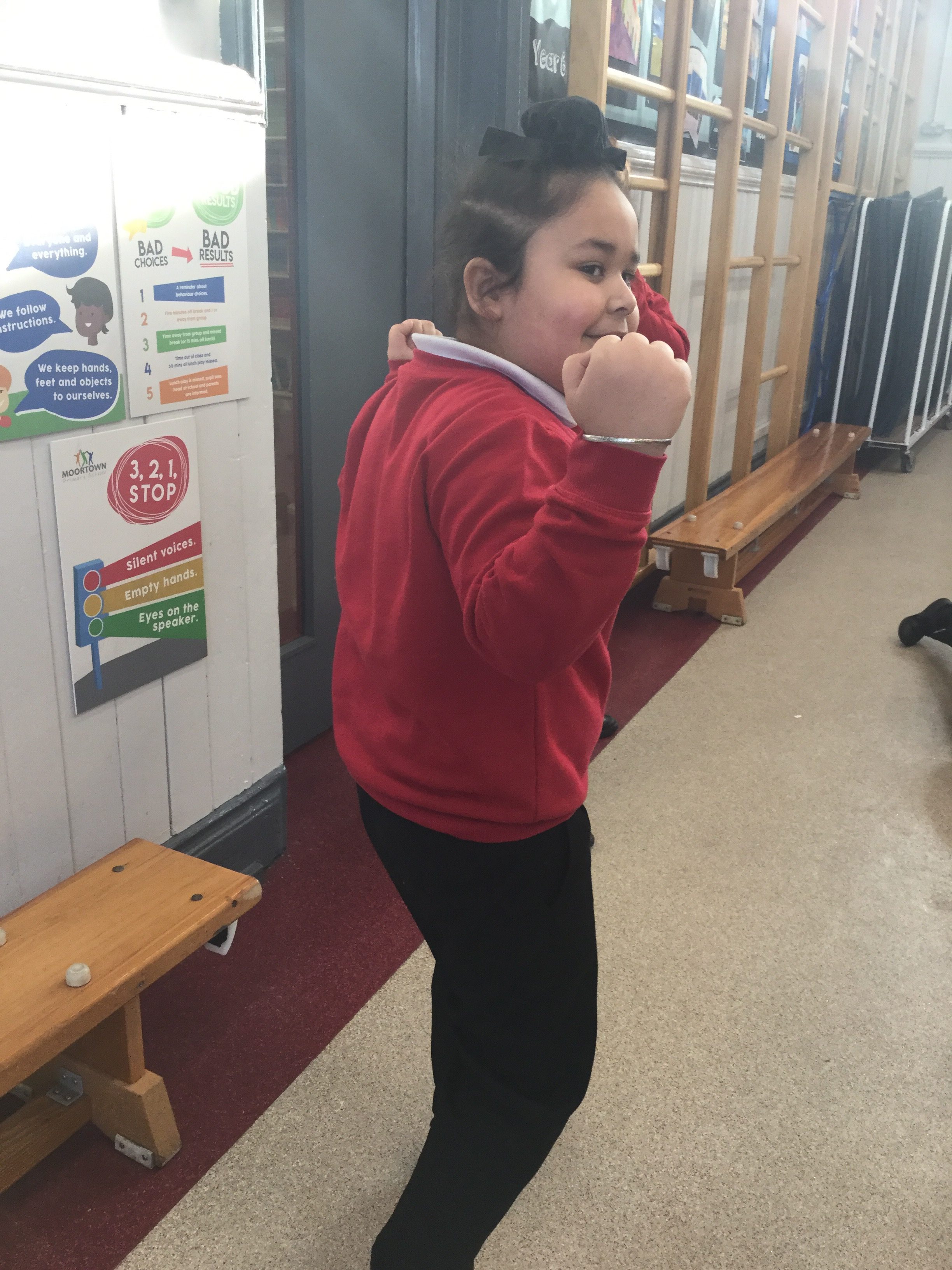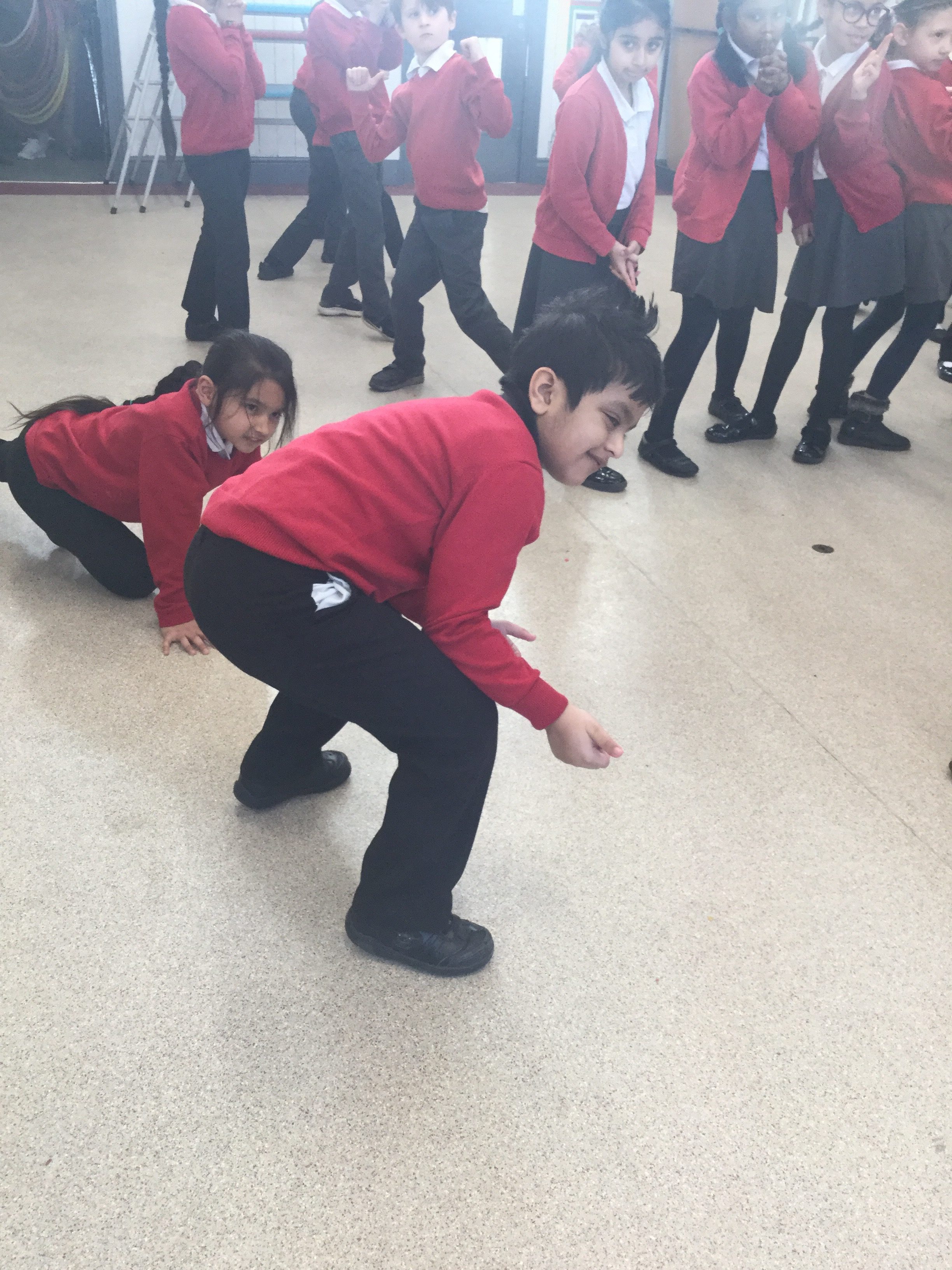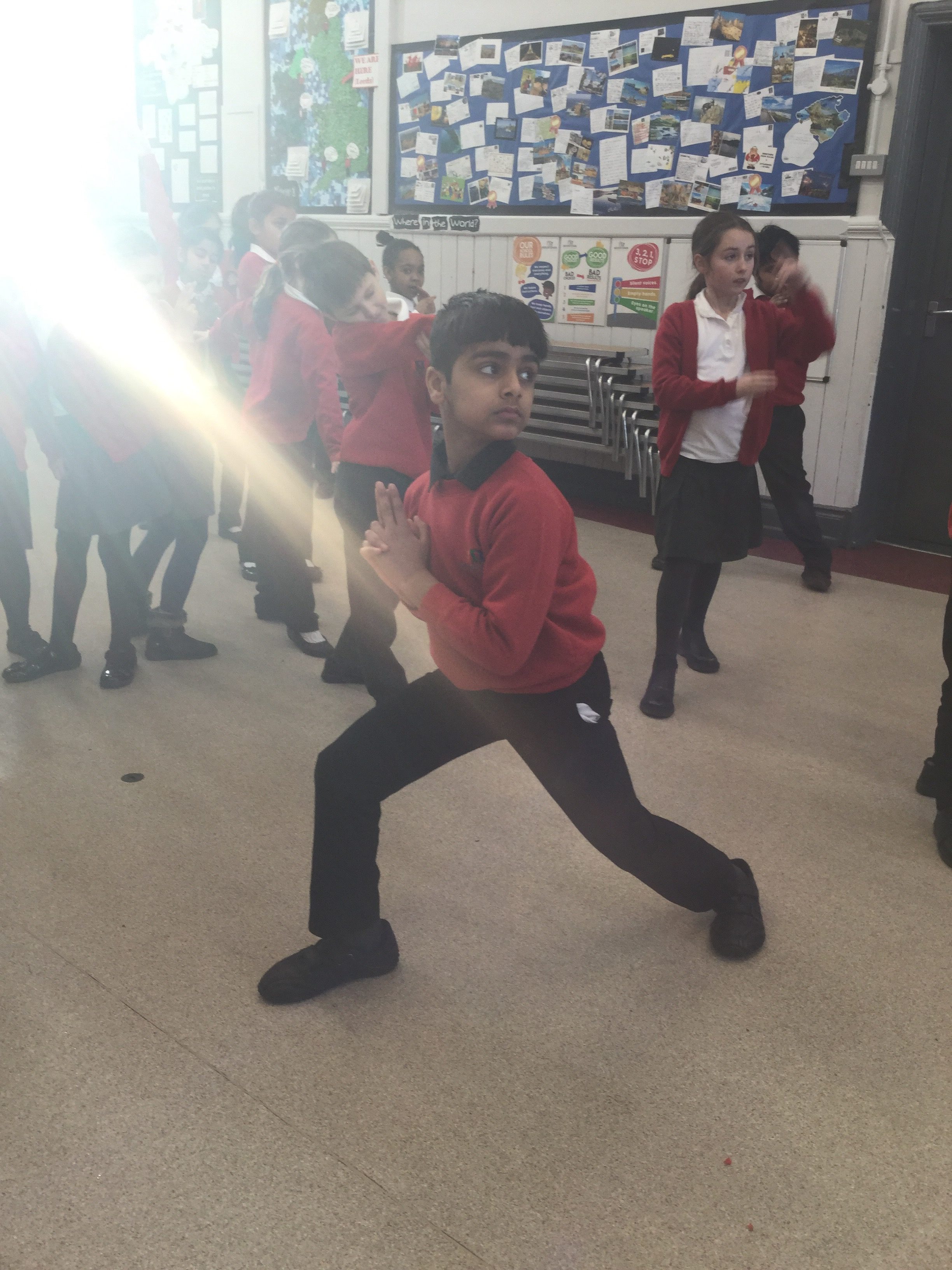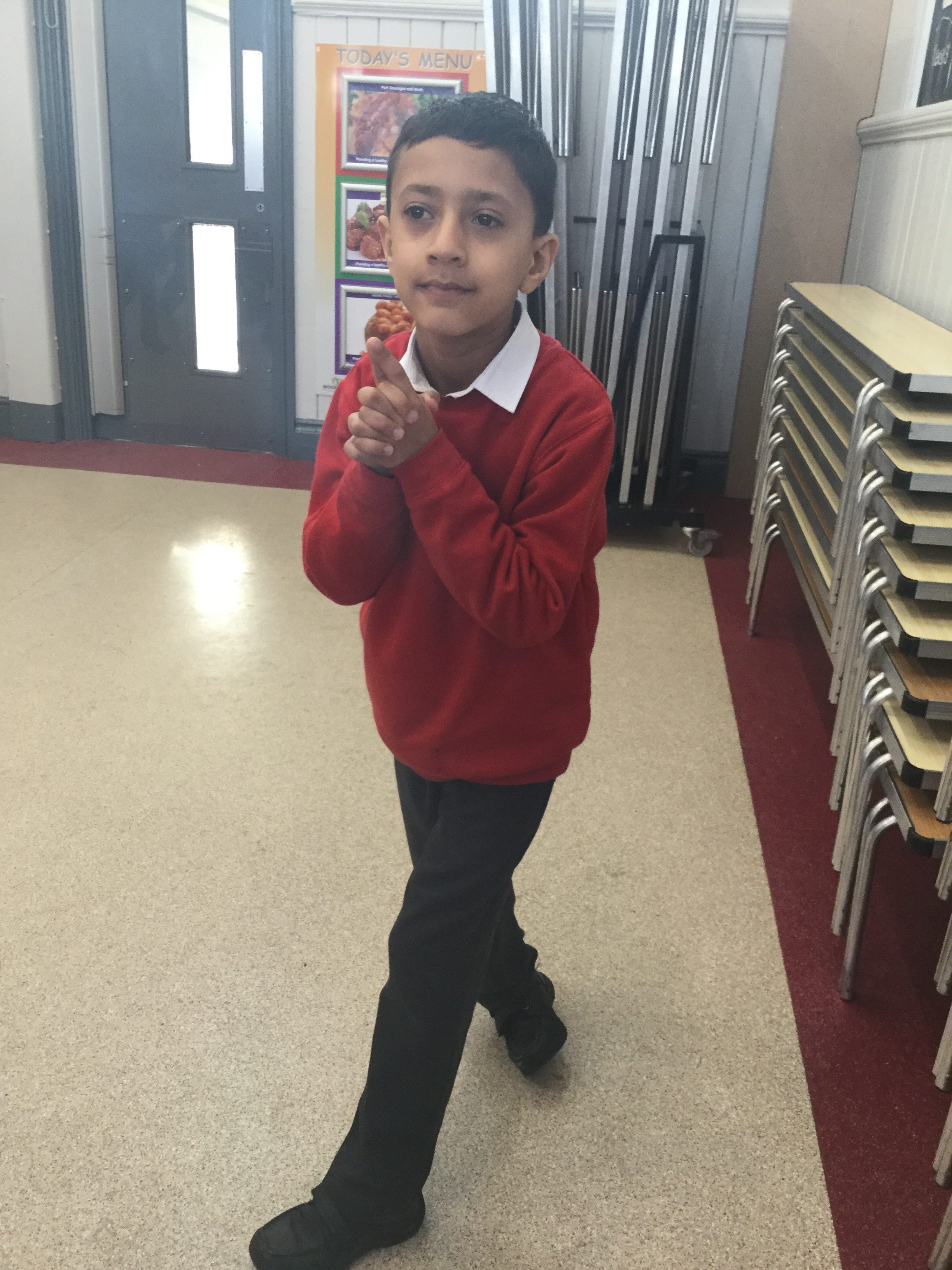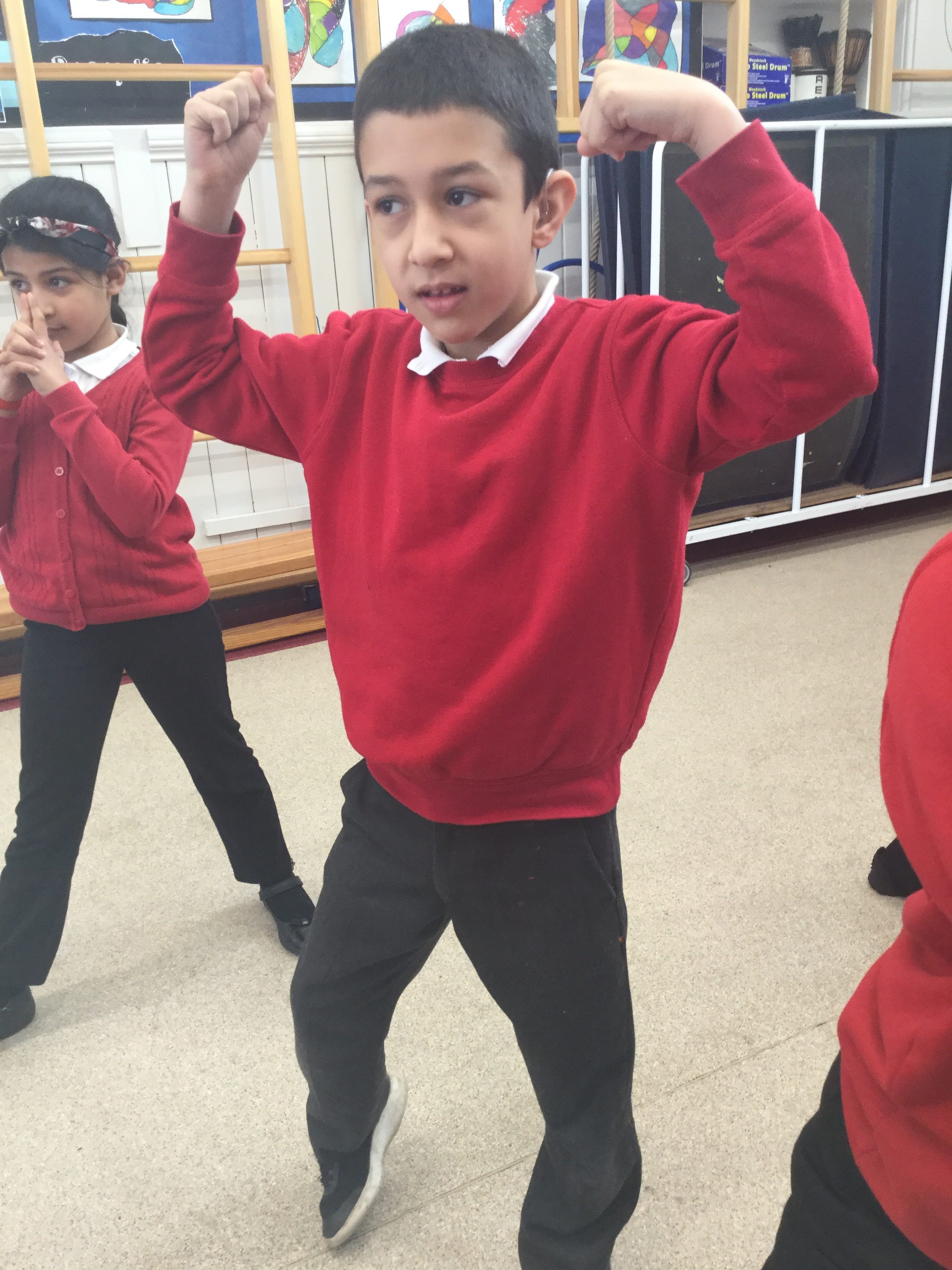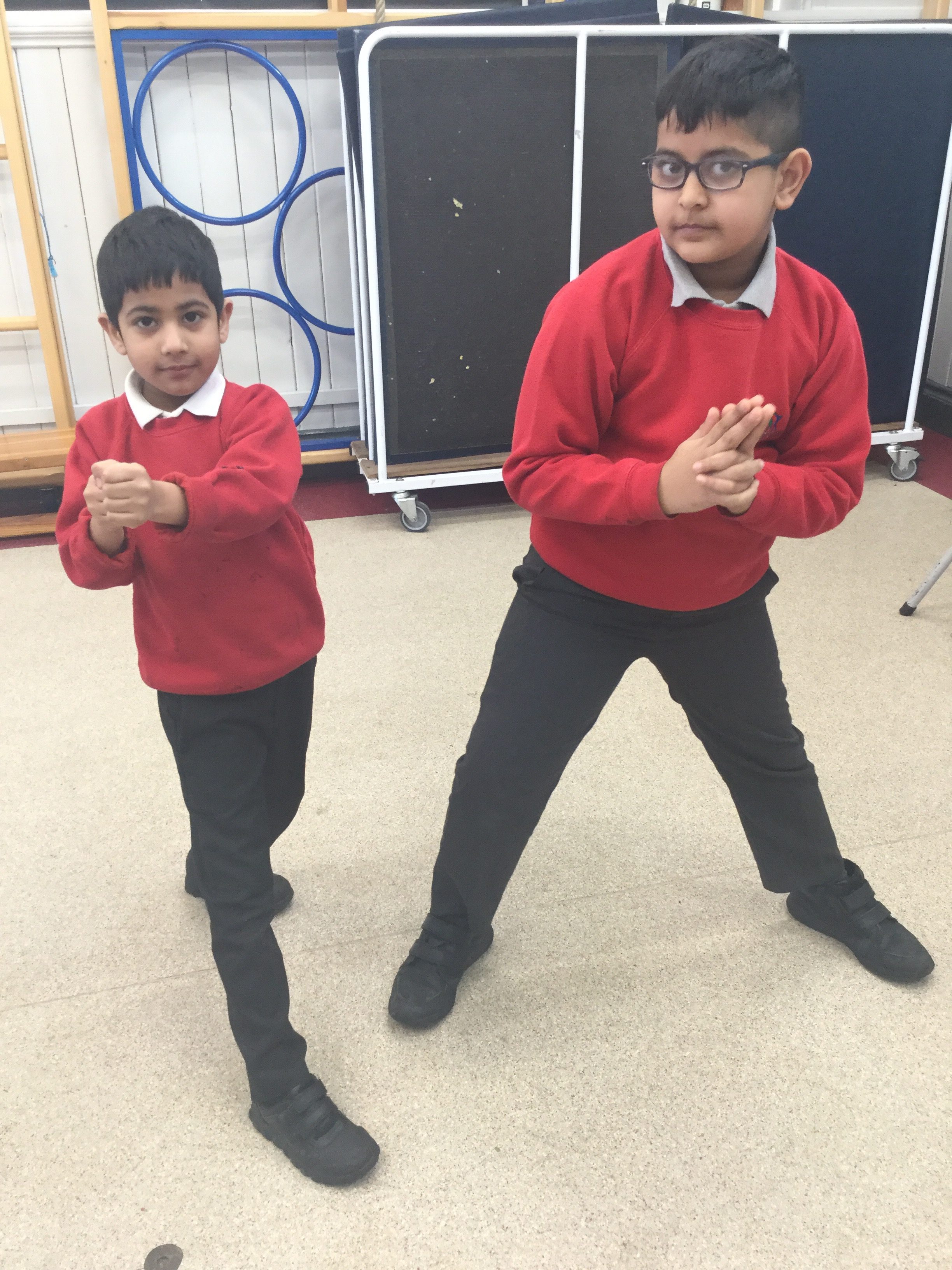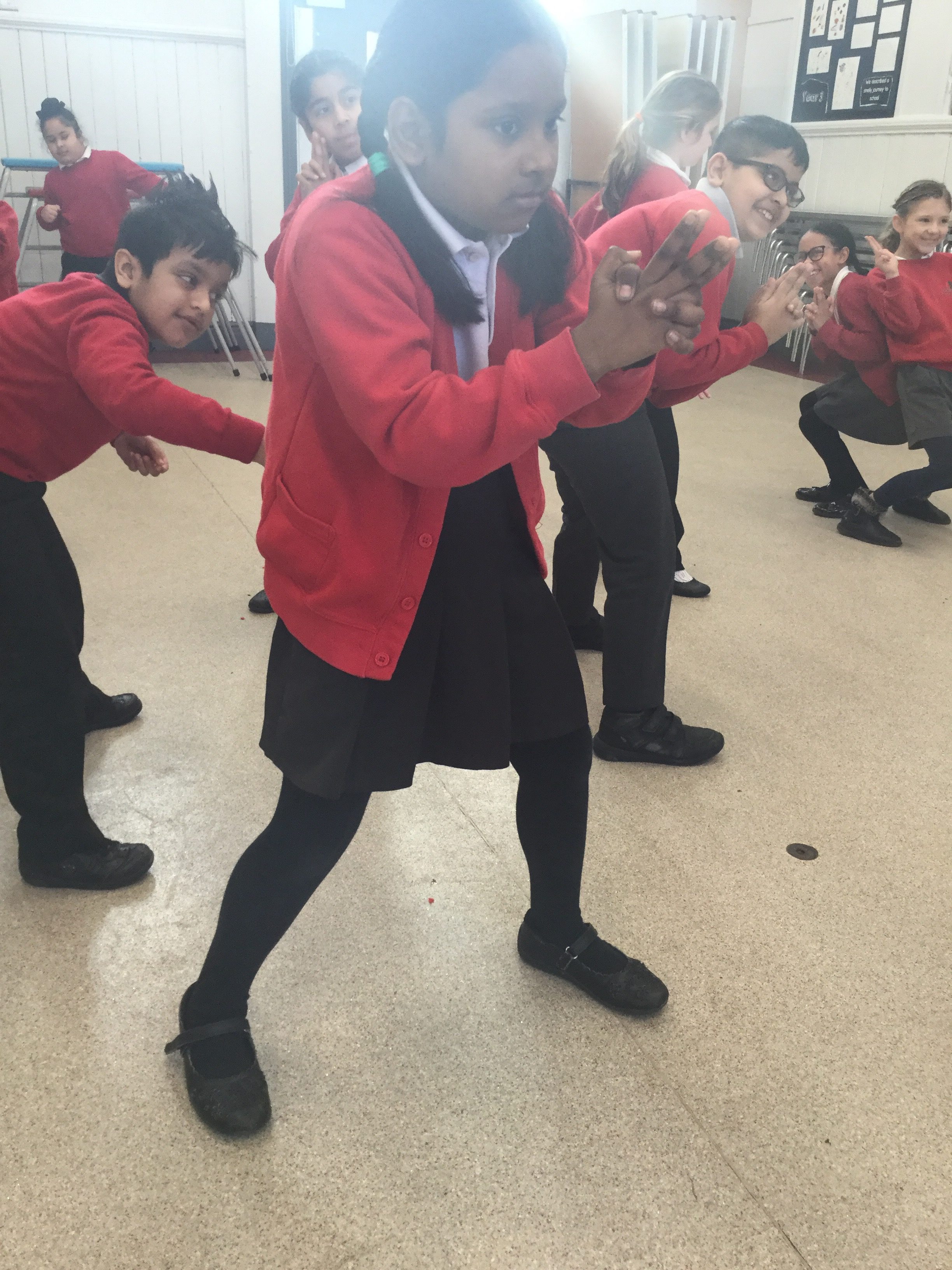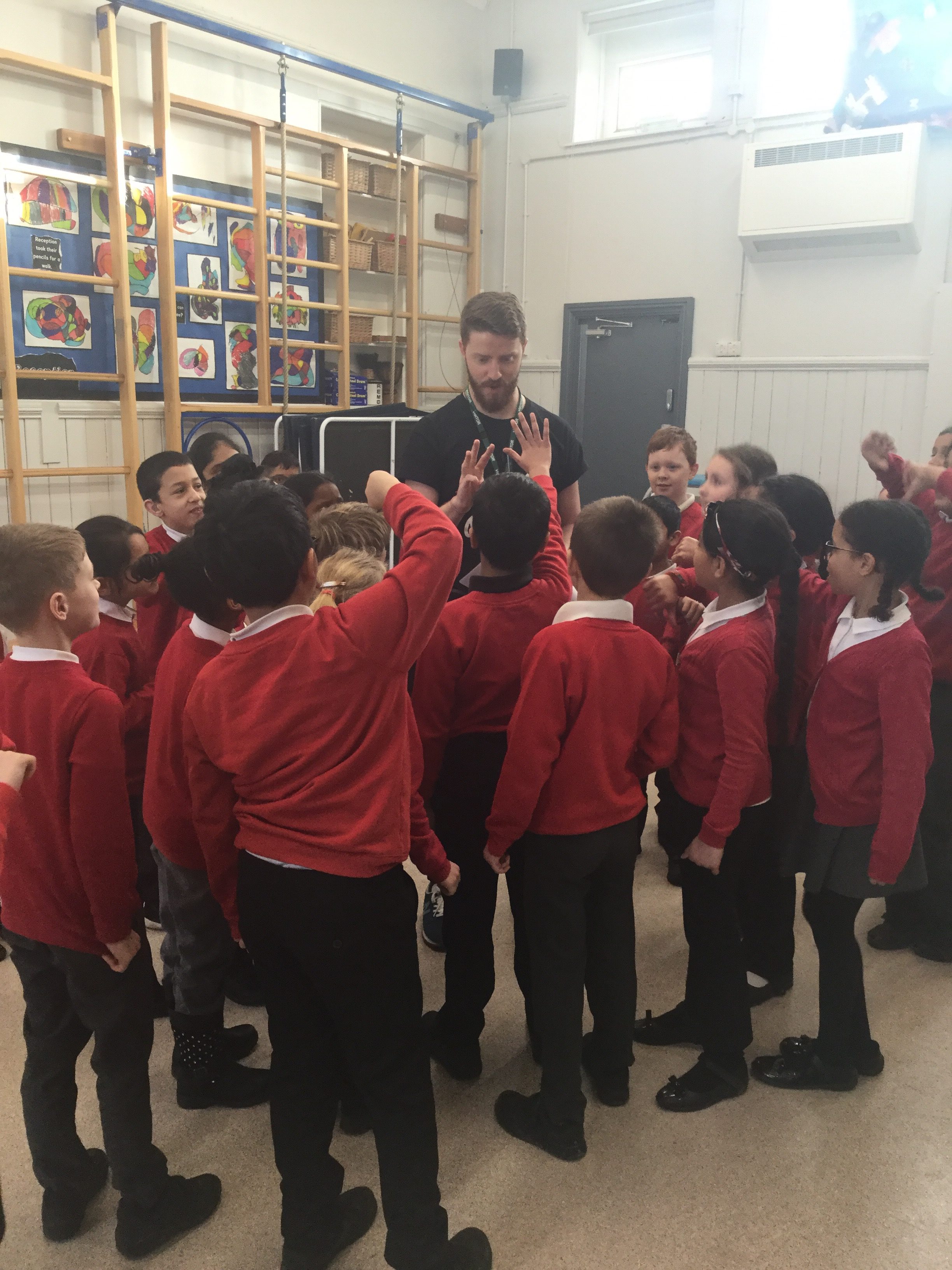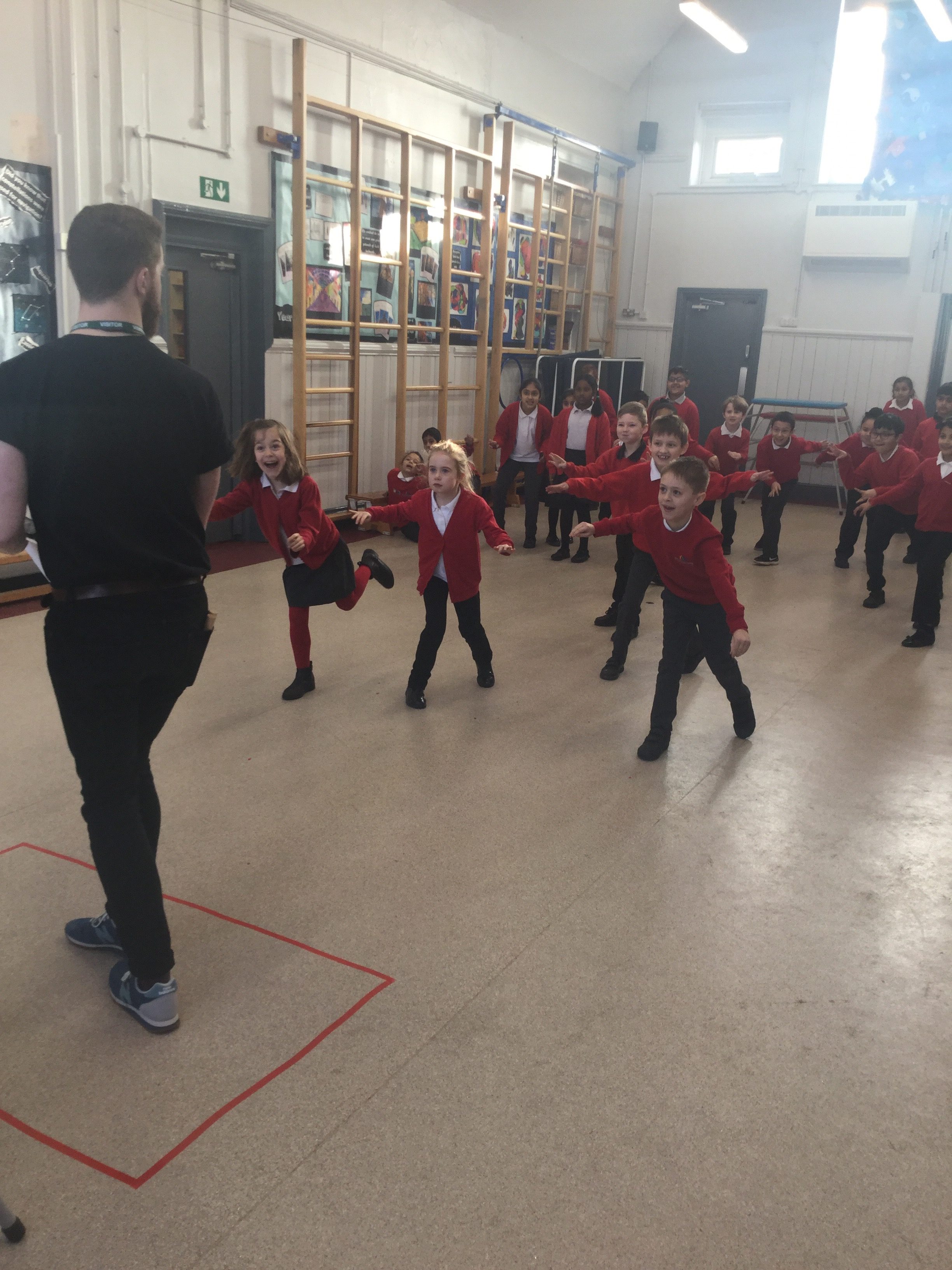Sun Safety
Today, as part of our themed week, the children learnt about the risk factors associated with the sun. On top of this, we also thought about all the benefits that sunlight provides us with.
It is very important that we know how to look after our bodies at all times. We do this from the inside with a balanced diet and exercise, but also from the outside with protective clothing and following health and safety rules. One thing that lots of people enjoy is being outside in the sun. It is important to understand that the sun can be damaging to our bodies if we don’t take precautions and protect ourselves from its powerful rays. The sun can be very strong even on days when it doesn’t feel very hot or there is a strong breeze in the air. We should take precautions at all times. As well as having harmful effects on unprotected skin, the sun can also benefit our bodies and can have a positive impact on our mood and other bodily functions.
We asked the classes to work in pairs and answer these given questions
Is the sun bad/good for you? 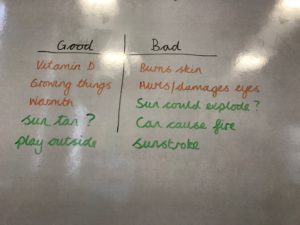
Why do we need the sun?
This work formed a good link to our current Science learning ‘investigating light.’
“The sun is our biggest source of light.”
Did you know that it takes about 8 minutes for the sunlight to be seen on the earth after it has left the sun?
“In very bright weather it is dangerous to look directly at the sun without protective glasses.”
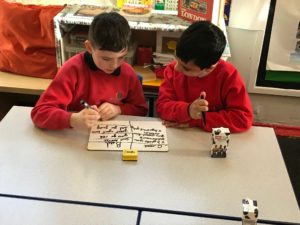
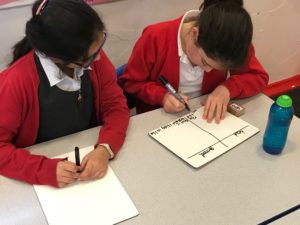
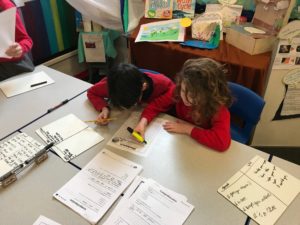
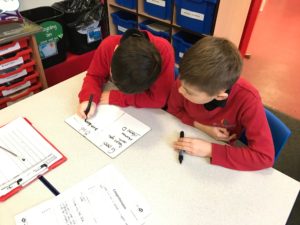
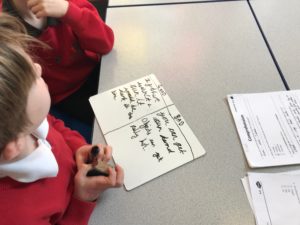
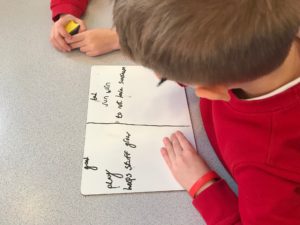
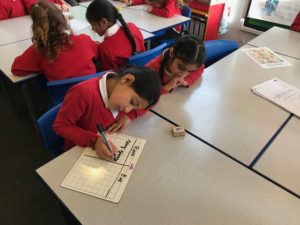 After completing and discussing the children’s responses, we all enjoyed a ‘Sun Safety’ spot the difference activity. Can you find all twenty differences between the pictures?
After completing and discussing the children’s responses, we all enjoyed a ‘Sun Safety’ spot the difference activity. Can you find all twenty differences between the pictures?
Leeds City cross country finalists
***UPDATE Edris has qualified for the West Yorkshire final next month. ***
Congratulations to our cross country finalists, Edris and Billy, who have competed today at Temple Newsam against children from schools across Leeds.
Well done for showing great determination throughout your races.
How to be safe near water
Year 3 had a visit from the Royal National Lifeboat Institution today! We reflected on top tips on how to be safe near water:
Sasha – “Always be between the yellow and red flags when swimming in the sea.”
Harman – “Don’t go on a boat without wearing a life jacket.”
Sam – “In an emergency at the beach call 999 and ask for the coastguard.”
Hope – “Always stay together.”
Can your child remember what slip slap slop slide and seek means?
Living and Learning: Staying Safe week day 3
We welcome four visitors to school today who will be giving a variety of staying safe messages as part of our themed week.
Thank you to Edinburgh Bicycle Cooperative who have been busy carrying out maintenance checks on lots of bikes and also delivering basic bike maintenance sessions to Year 5 and 6. Their shop is local in Chapel Allerton.
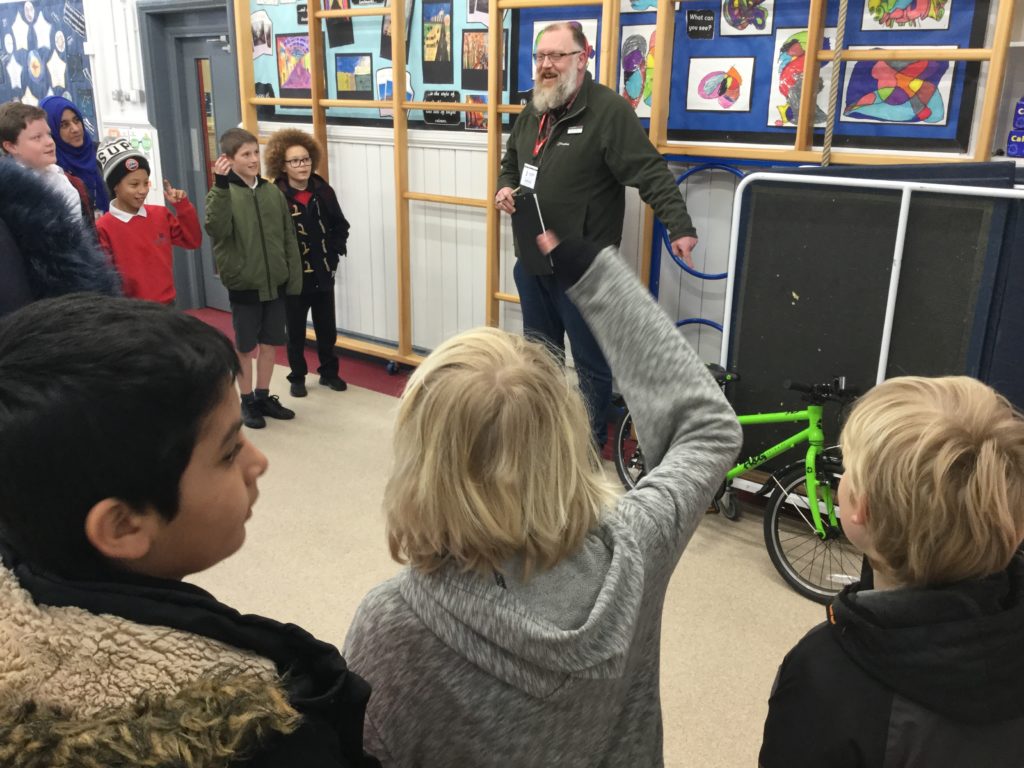
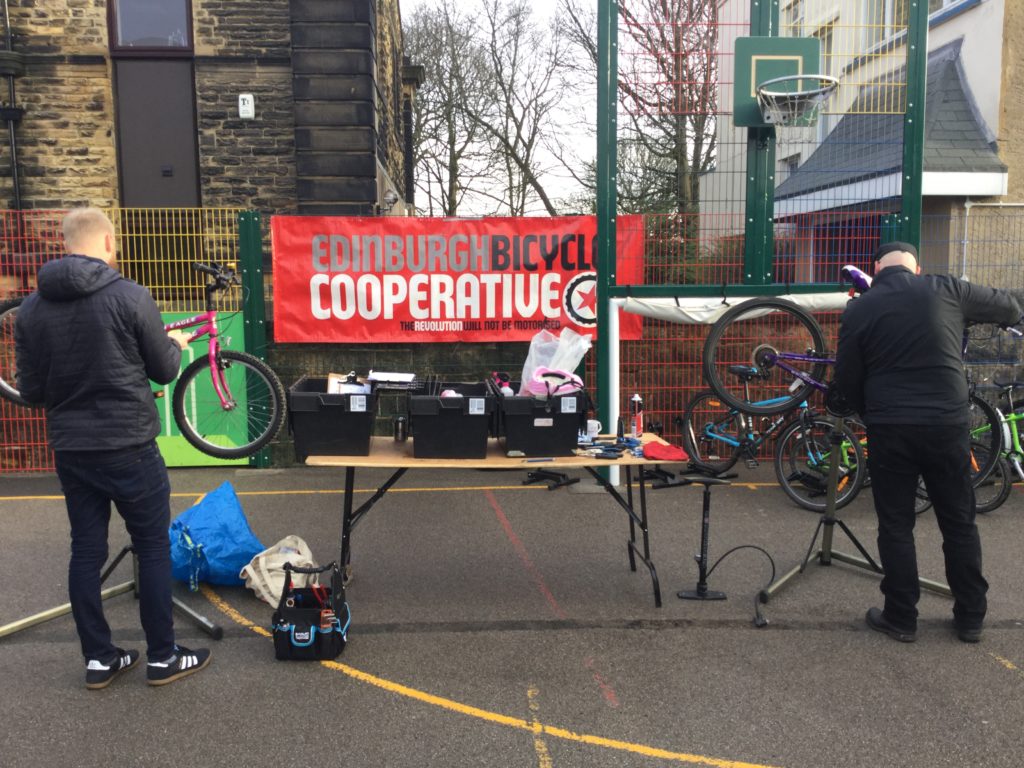
Thank you to Barrie and Christine, local volunteers from the Royal National Lifeboat Institution (RNLI), who are delivering water safety sessions to children in Reception to Year 4 across the day.
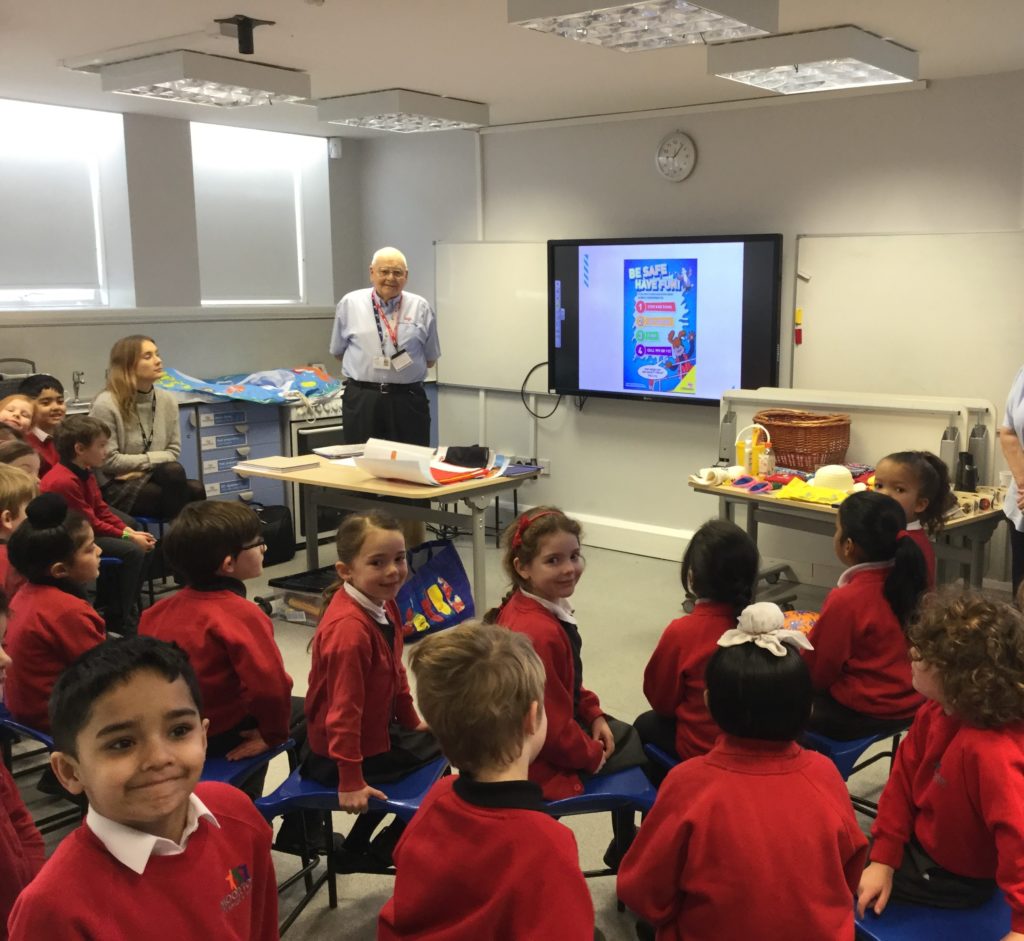
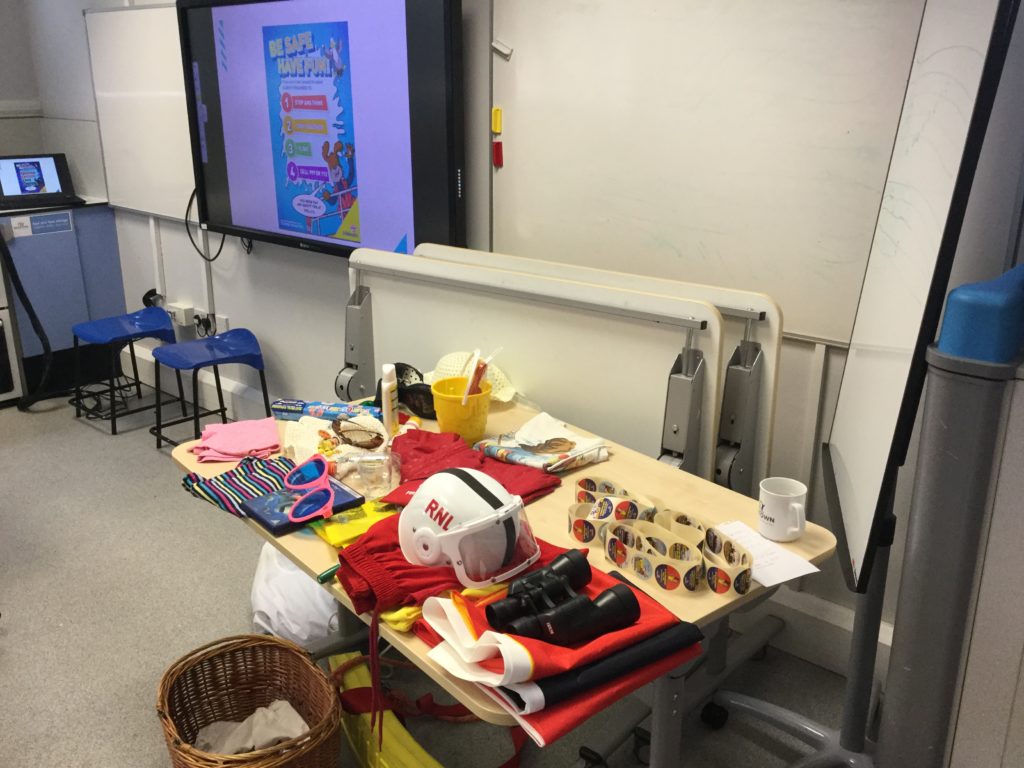
Dave from dside is with us today and Friday to deliver e-safety sessions to children in Year 1 to Year 6.
Finally, this afternoon, the Moortown Fire Service visit us to deliver a fire safety talk to Year 5.
These are just some of the visitors supporting our Staying Safe themed week to enhance our staying safe learning.
Living and Learning: Safer Internet Day
It’s Safer Internet Day and this has been a focus of learning today as part of our Staying Safe themed week. Below are some top tips for parents and carers to support your child to enjoy technology and the internet safely.
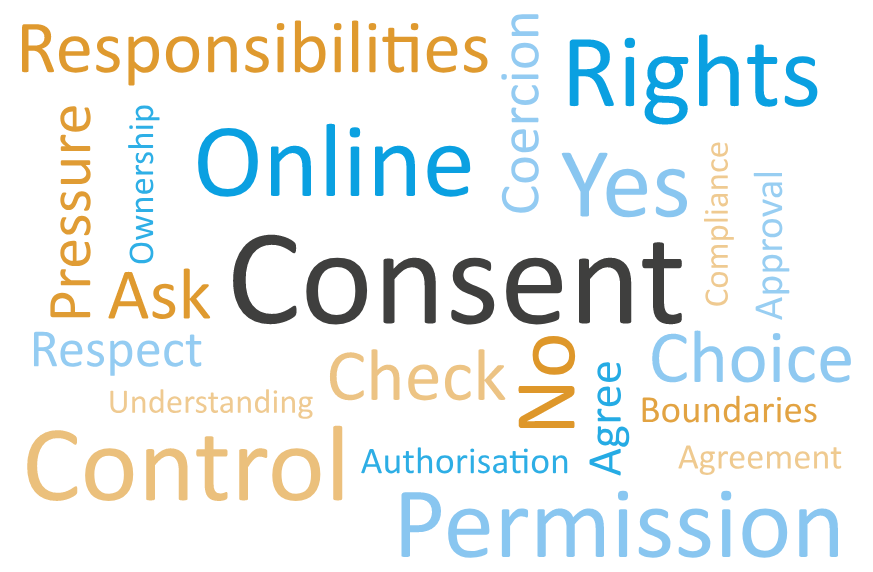
Our internet, our choice, so…
- Choose to have a conversation
Talk regularly with your child about how they use technology, and find out what their digital life is like, including what their favourite sites and services are and also how being online makes them feel. Listening to your child will give you the best possible idea of how you can support them. Not sure where to begin? Have a look at our suggested conversation starters for parents.
- Choose to take a balanced approach
As parents it’s natural to feel worried about the risks posed by your child being online, but for young people the online world is exciting and fun, as it brings so many opportunities for them. Remember that your child will use technology and the internet differently given that they are growing up in a world immersed in all things digital. Try to look at both the positive and negative aspects of being online and empower your child with safe choices they can make instead of overwhelming them with restrictions.
- Choose to make use of the tools available to you
There are lots of tools to help you manage the devices used by your family. For example, knowing how to activate and use parental controls can help protect your child from seeing inappropriate content online. For advice and guidance on how to make use of parental controls and other safety features on devices, check out our free Parents’ Guide to Technology and Internet Matters’ step-by-step parental controls guides for online services.
- Choose to get help and support
It can sometimes feel like young people are the experts in all things digital but remember – you are the life experts. You are always there to help your child but make sure you know how to get support too by visiting our Need Help? page. You can take steps to support your child online by using features such as privacy settings on social media and understanding how to make a report on a range of apps, games and services.
- Choose to be current and topical
This Safer Internet Day focuses on the very relevant topic of consent in the digital world. Use this as an opportunity to support your child with how they tackle digital consent within relationships and friendships as well as how online services use the data we provide. Use our quick activities as a family this Safer Internet Day to help you unpick this topic together.
Free bike check Wednesday 06 February
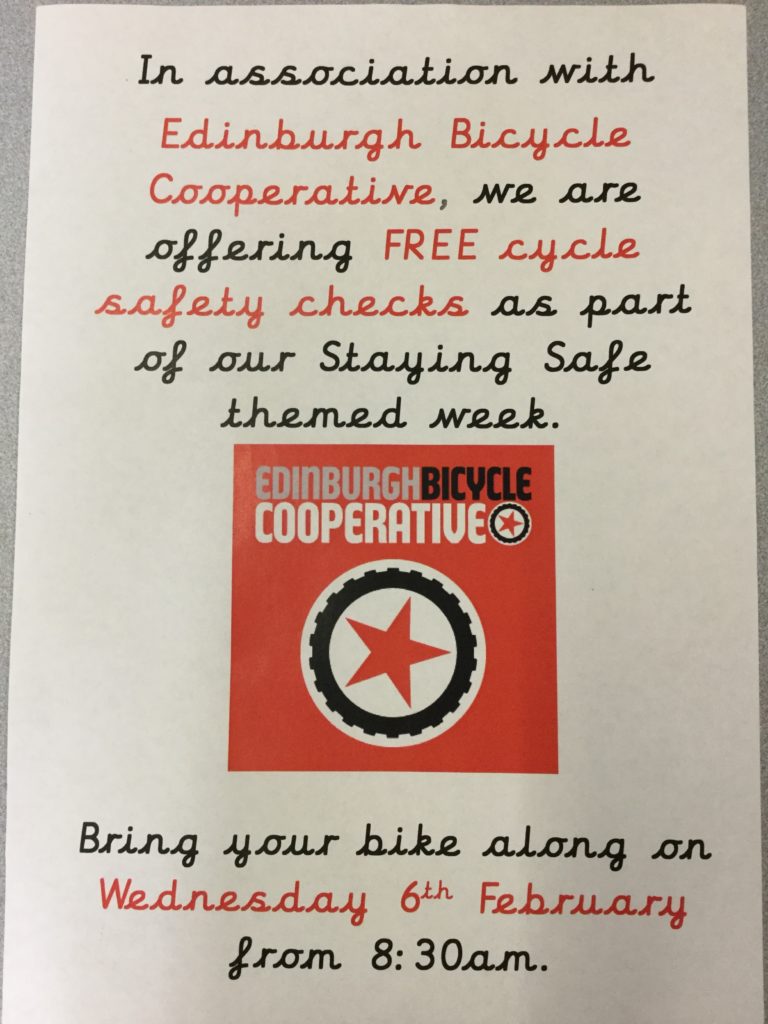
Mission: Internet Safety
Today was esafety day. We learnt that esafety stands for electronic safety. We learnt lots of ways to stay safe online and when using electronics. There are lots of fun ways of using these electronics but we explored the need to be safe while we are online.
We started by becoming characters in the new online spy game John Bond. We started by inventing, and introducing, our spy characters with our signature spy moves.
We talked about what usernames are and who would see our usernames online (strangers). Because of this we learnt that we need to be very careful about what personal information we use as part of our usernames. In particular we shouldn’t use our names, ages or addresses. We then discussed how to make passwords super safe so people cannot crack them. Suggestions included: swapping letters for numbers like e for 3 or o for 0.
Passwords are personal and we should never say them out loud. We discussed that we can share these with our parents or carers but not to other people to keep ourselves safe. We talked about our right to say no and that no means no. We talked about not needing to feel bad or uncomfortable in saying no as it is our right. We agreed that if we are worried about upsetting someone by saying no then we will always talk to another parent or adult at school about it.
We then met 008 and her spy case…
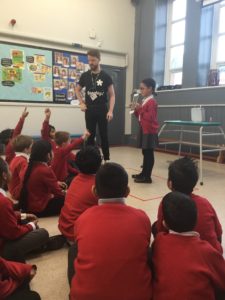
We were given a block button to press if something happened that we didn’t like while we were playing the game. We learnt that at home we can press it if we saw something we shouldn’t see of if we got a message from someone we didn’t know.
We were given a screen shot to press if we wanted to capture a photo of our screen. We learnt that we can use this if someone sent us a message to help us report them.
We were also given a giant phone with which we were able to call the makers of the game, and report if anything went wrong.

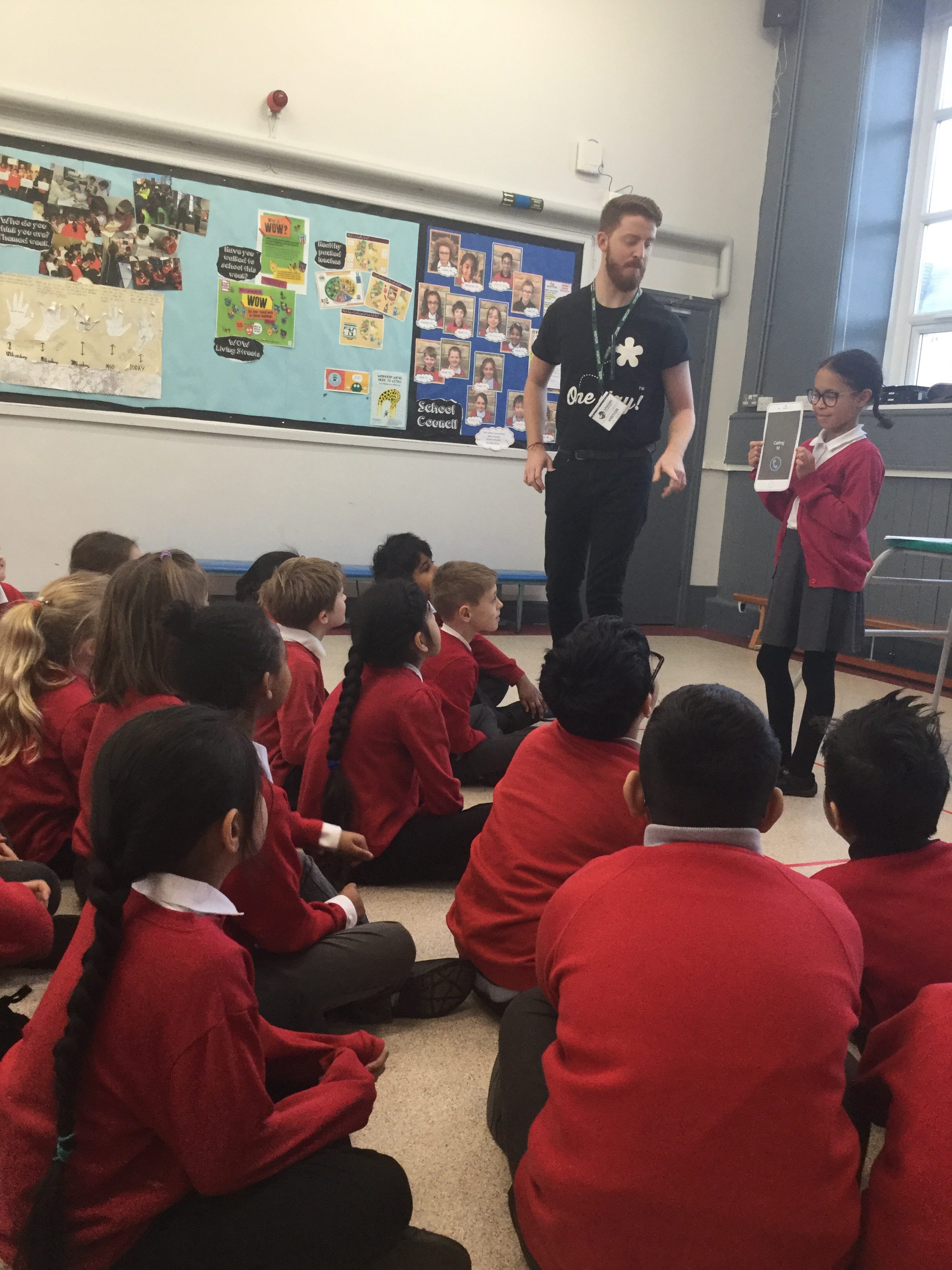
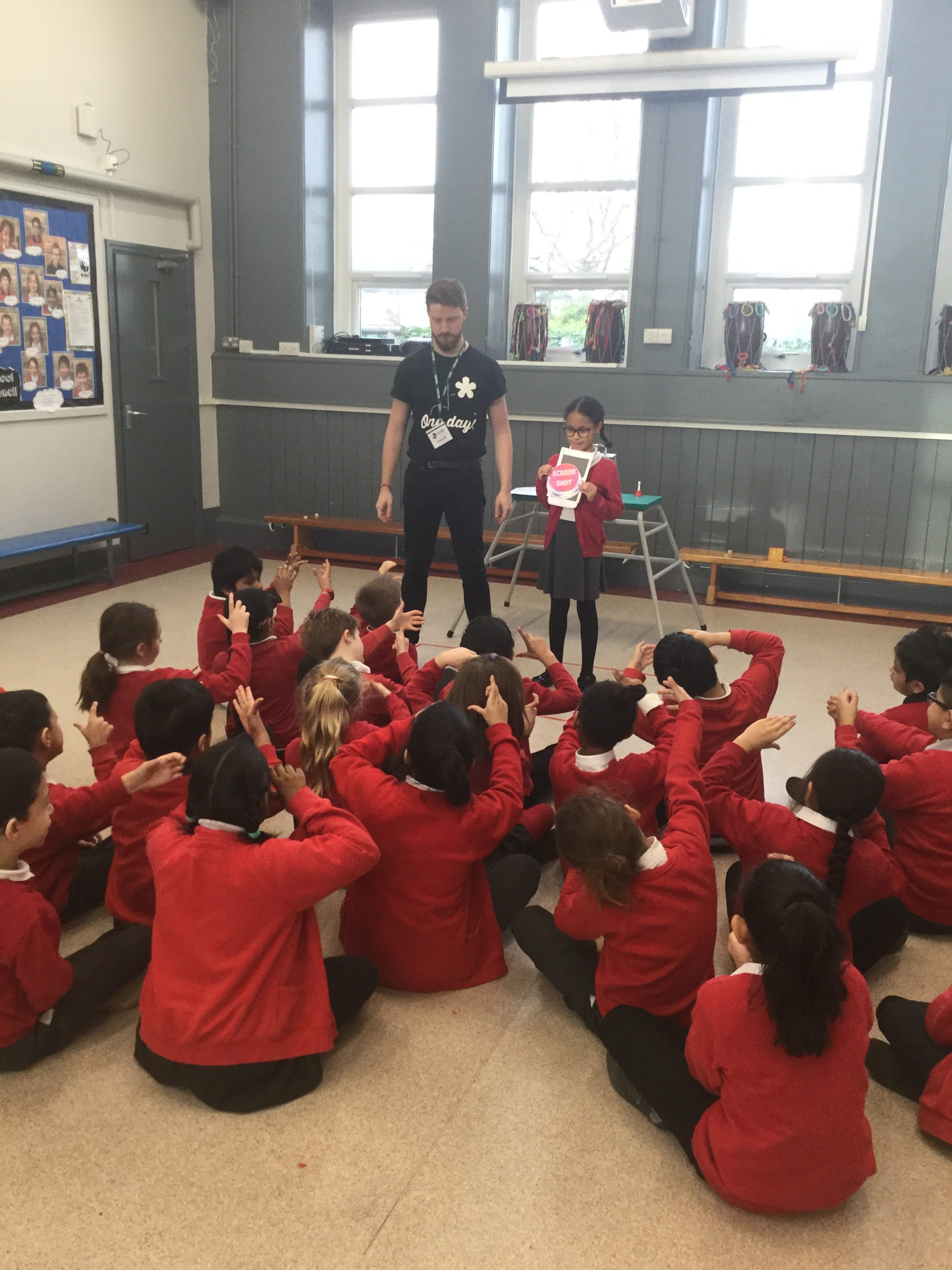
We received our first message… The evil Cyber Bully was back! A cyber bully is someone that sends bullys us online – Several Times On Purpose.
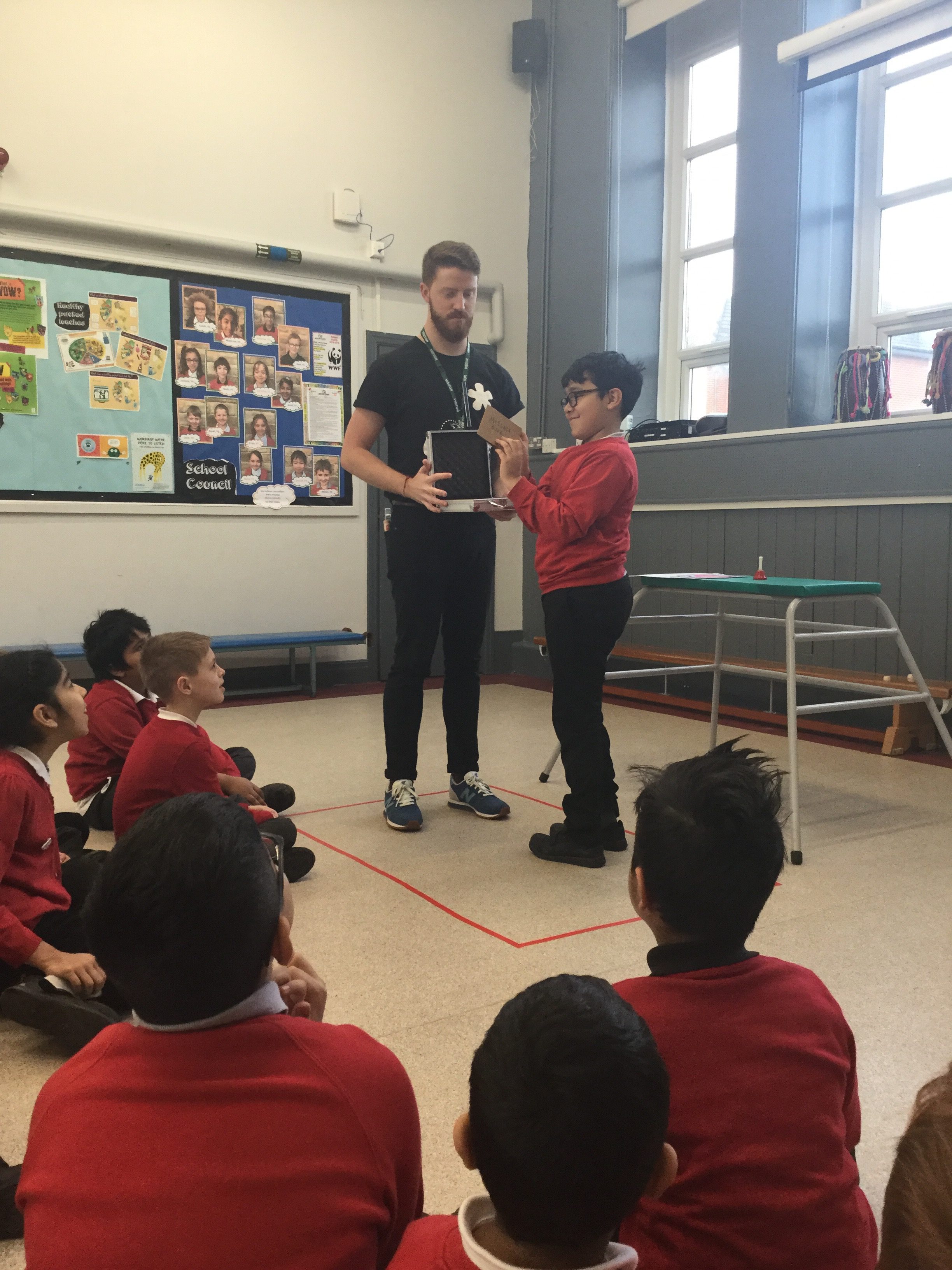
We discussed how we could use the items in our inventory to defeat him. We decided we would: screenshot, block and report. We had successfully completed level one and moved on to level two…
We then learnt about viruses and how computers catch them if we click accept and put our details in. We agreed never to fall for a fishy deal that are too good to be true and always think if someone on the other end of the computer is trying to trick us.
Like the true spys Year 3 are, they snuck up on the evil Dr Fishy and tried not to set off the alarm.
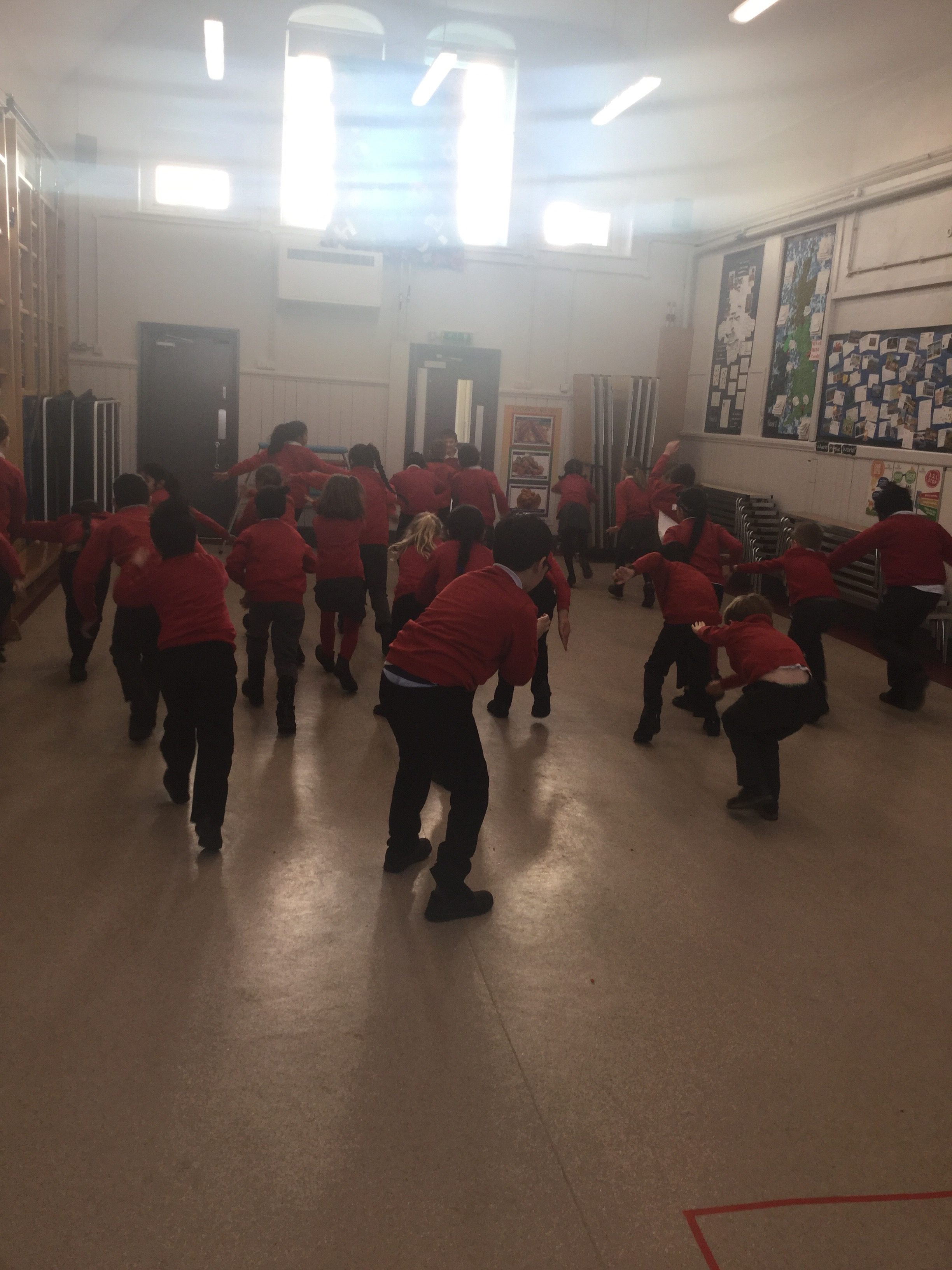
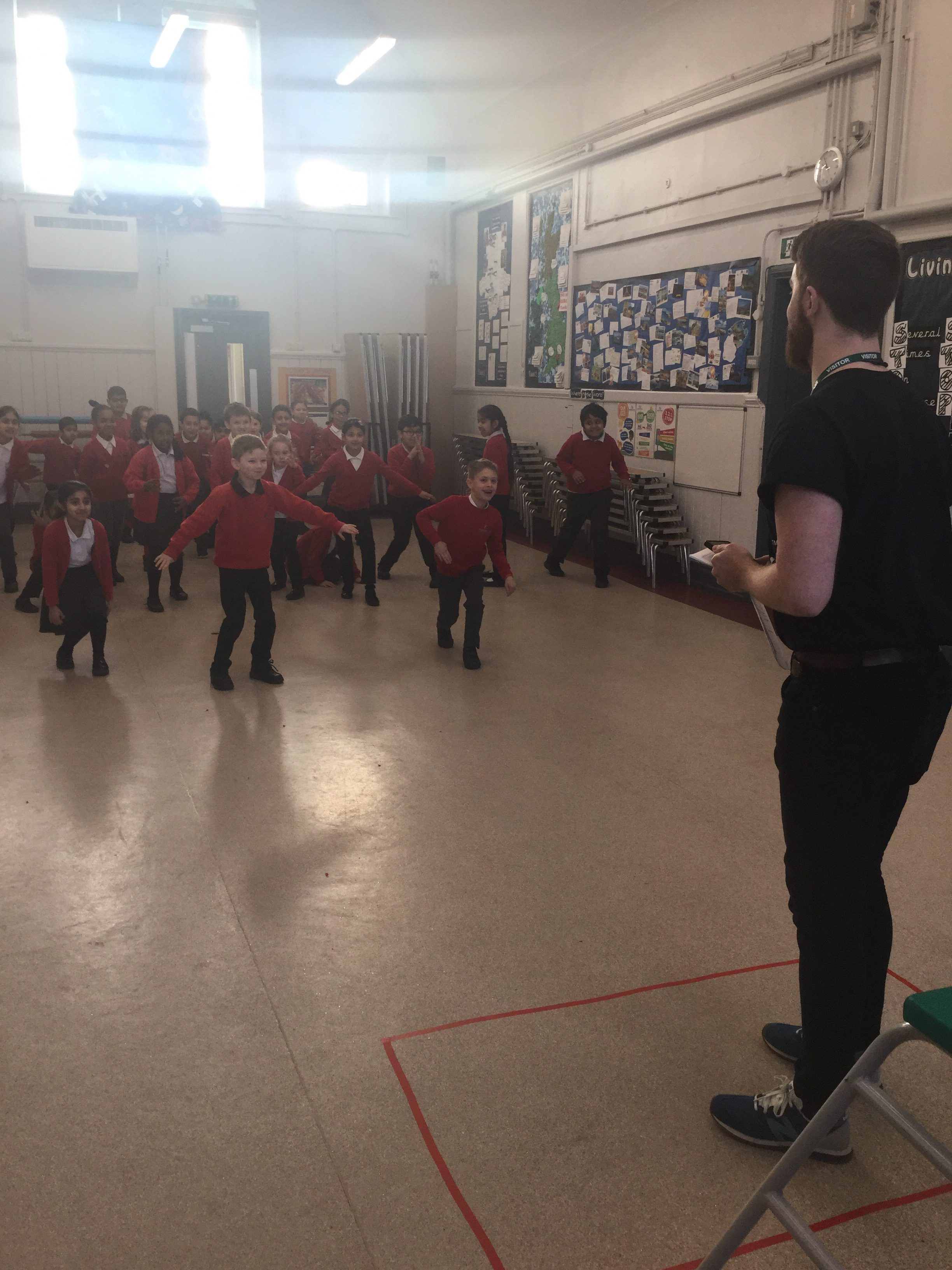
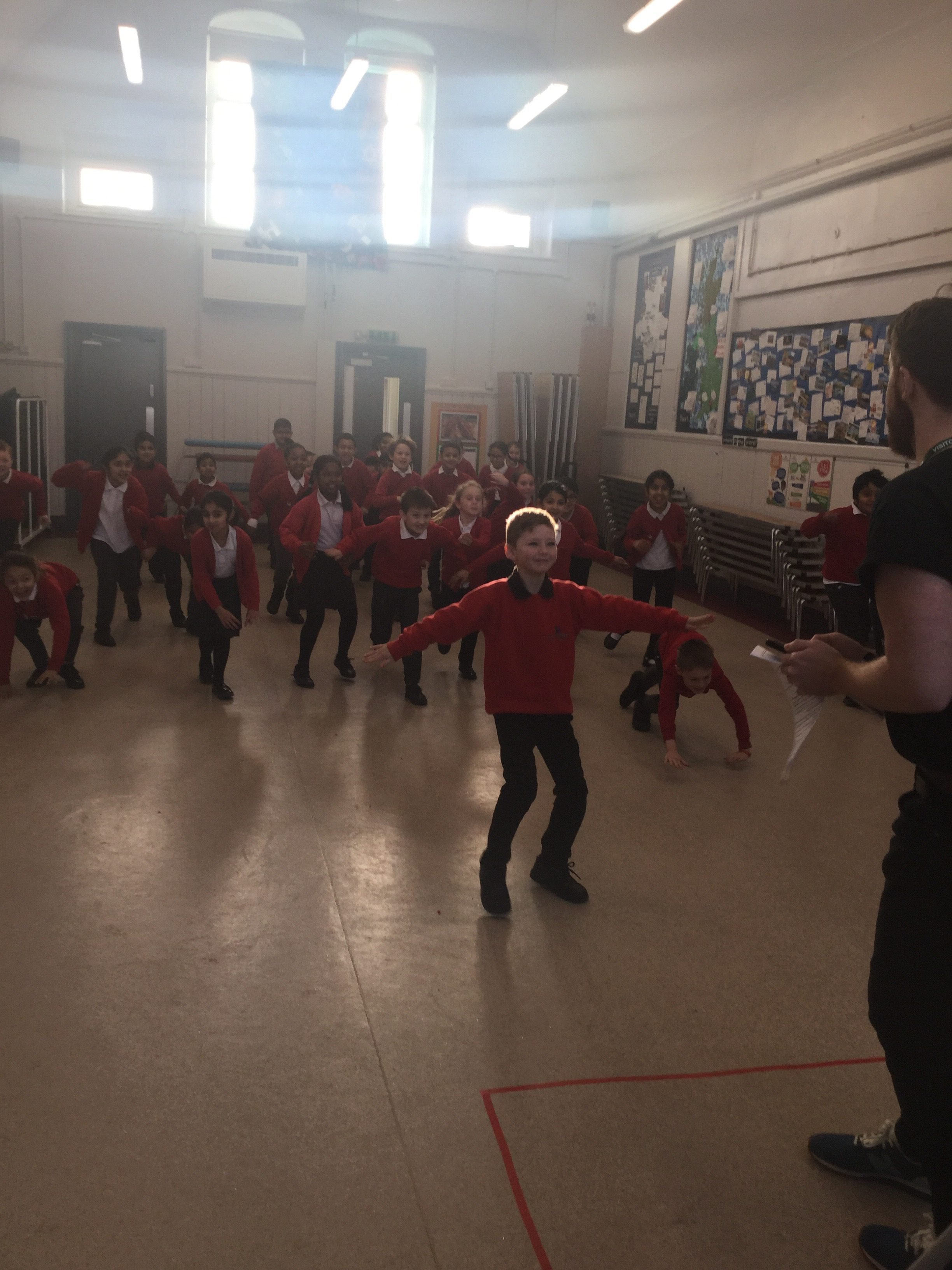
Along the way we received messages and had to to choose whether to open or block messages.
One player was tricked into downloading a rare super spy badge and therefore got a virus and was frozen! Fortunately, she had downloaded some antivirus software so her computer was safe.
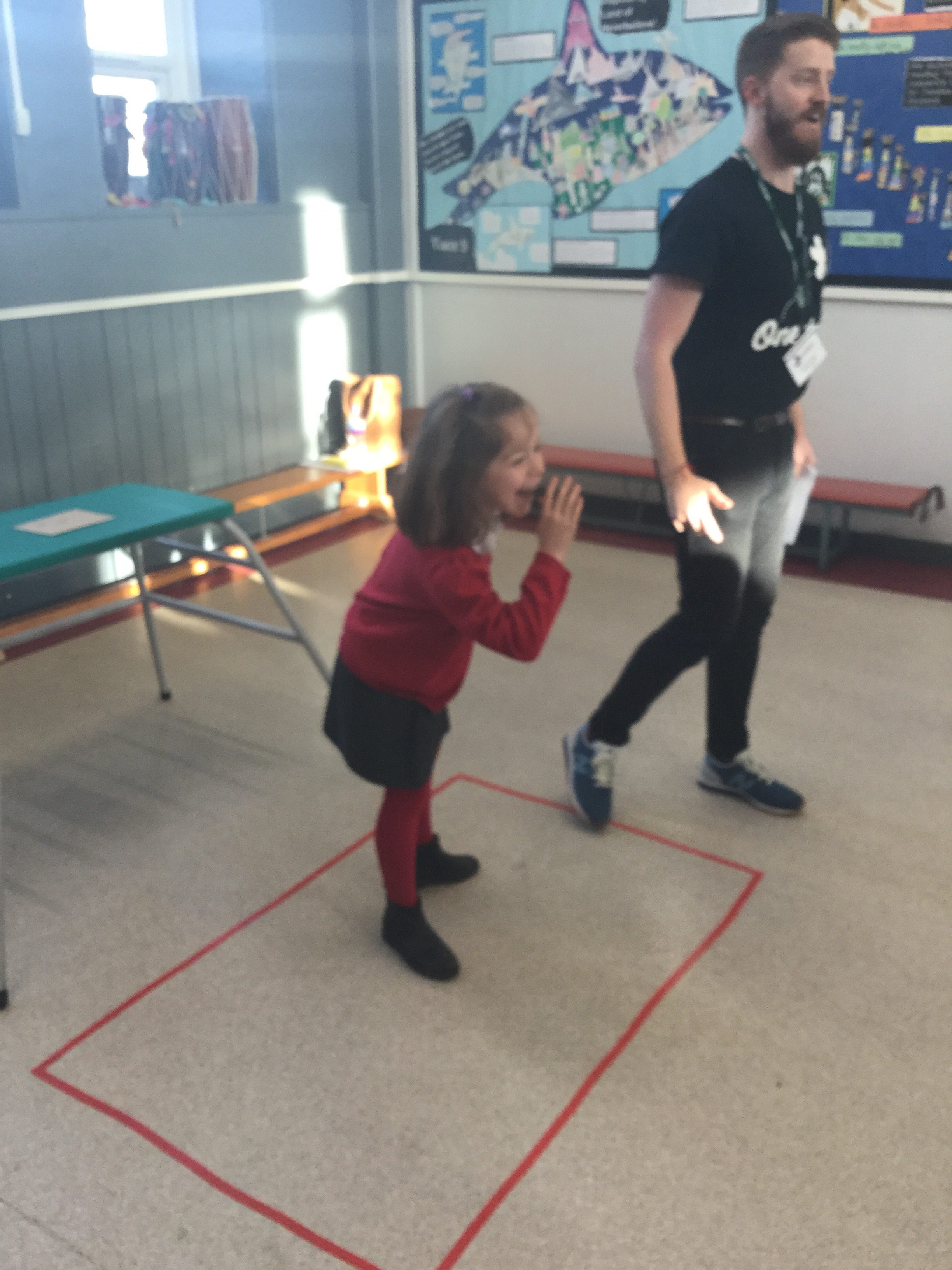
We completed the game by answering some questions and cracking the code to complete the game.
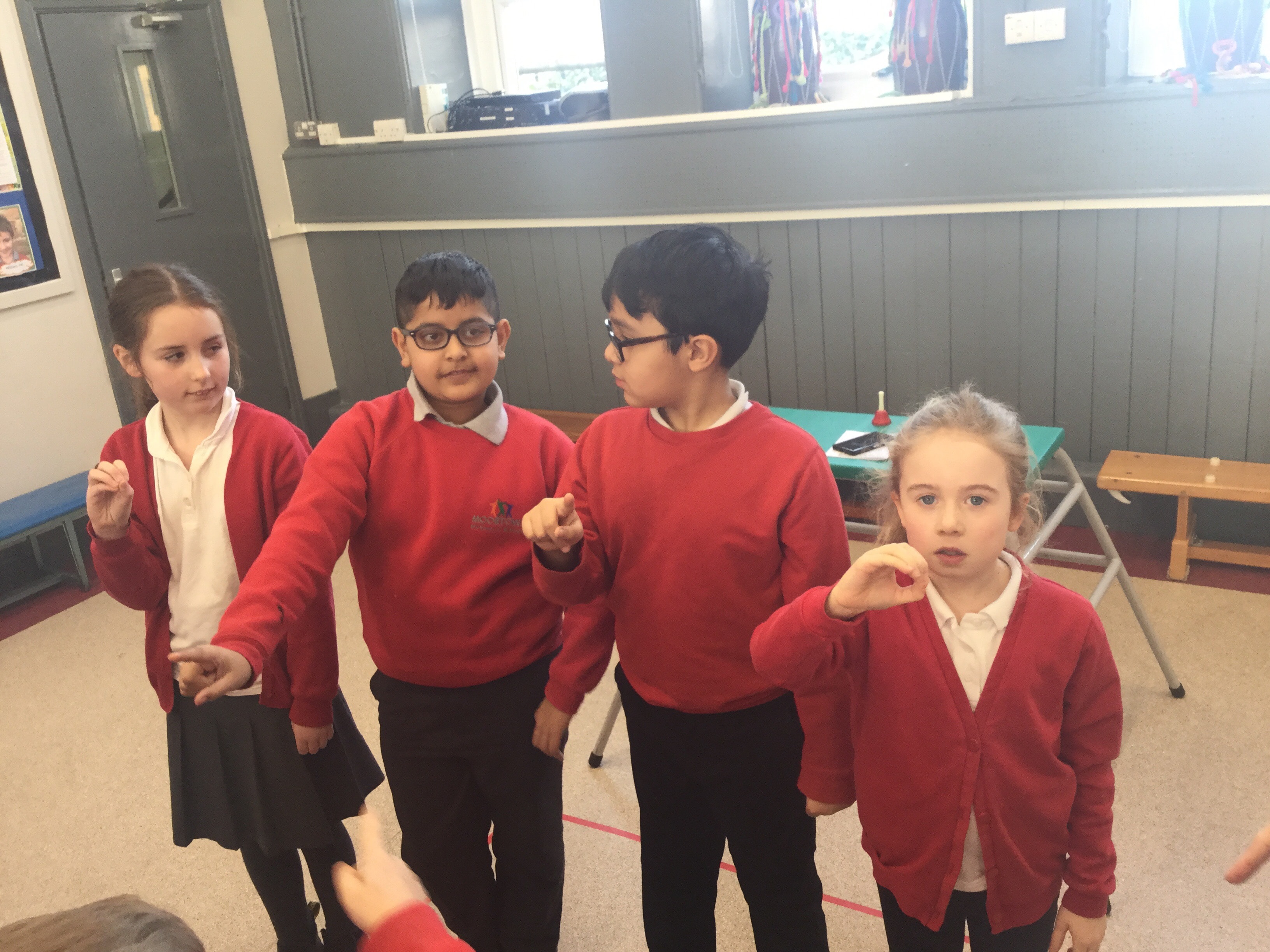
Ask your child, what would they do in these different scenarios online:
- A message pops up – “You could win £400! All you need to do is type your name in, below.”
- Your cousin asks you for your Lexia password but promises not to tell anyone else…
- You’re playing a game with some friends online and someone you don’t know sends you unkind messages that hurt you. You talk to your friend about it and they’ve got the same messages but it hasn’t upset them.
Great undercover work, super spys!
A visit from the police
Safety week has brought us many exciting visitors… including the police! Year Three were excited to hear from the police and ask all of their burning questions…
We learnt that police can help us in our communities; they keep us safe. We learnt that we can talk to PCSOs just like we can talk to parents or adults in school about any problems or safety concerns we have.
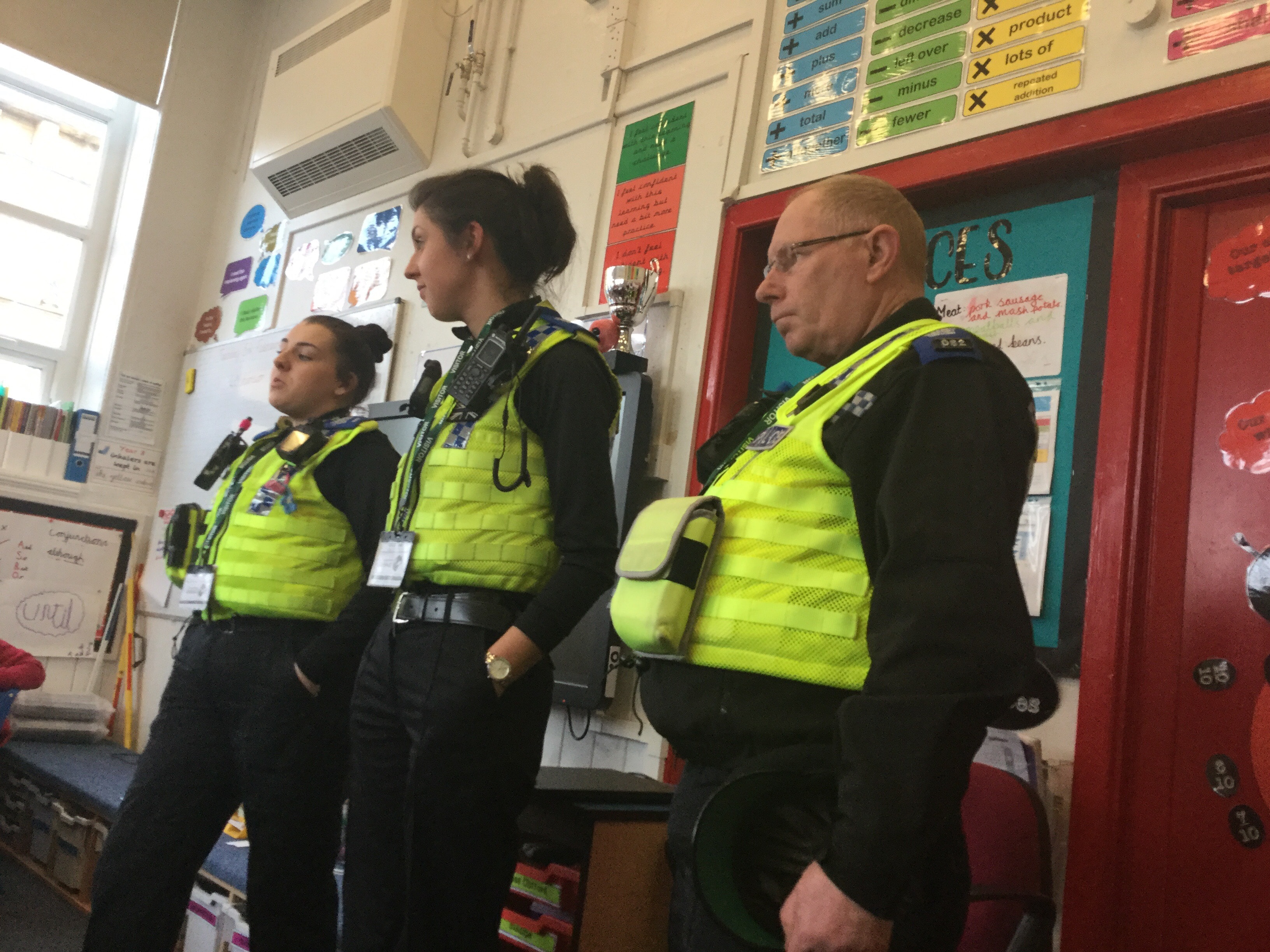
PCSOs keep our communities safe. The visitors shared that they have even rescued sheep and horses from the road!
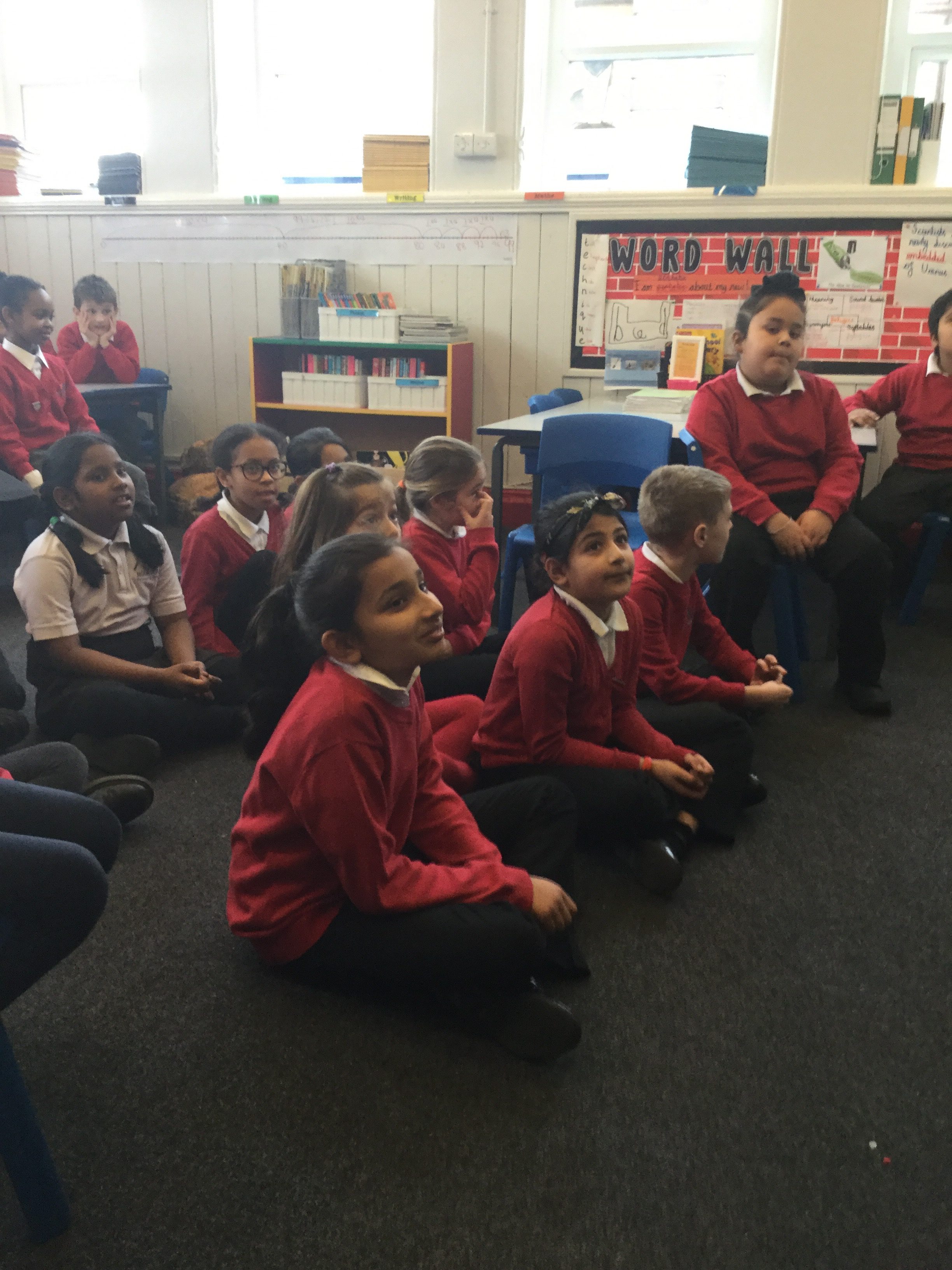
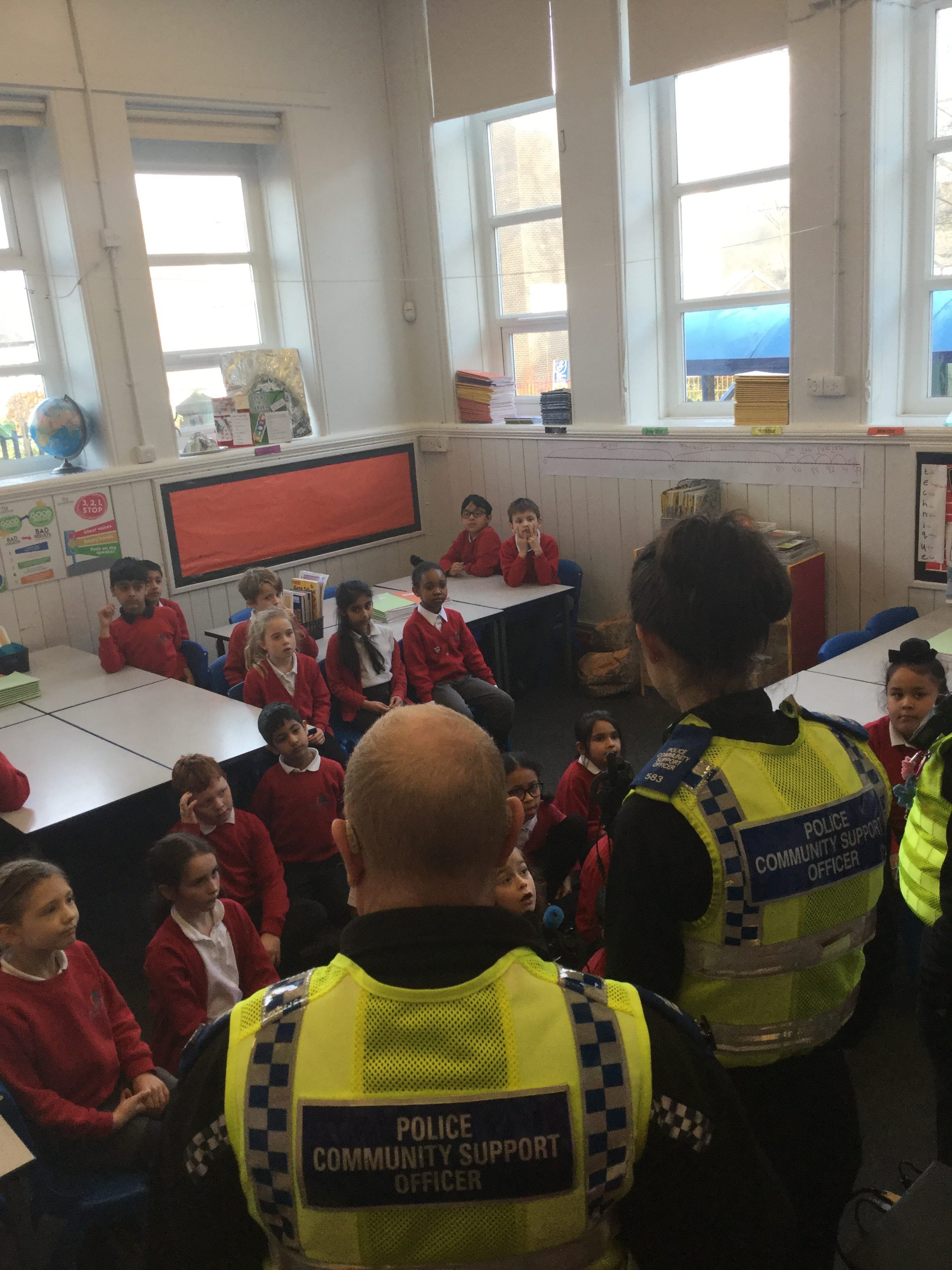
The PCSOs talked about their radios; their way of communicating with one another. We learn that their radios have an emergency button just in case they face any aggressive behavior towards them. They also have a high visibility jacket so they are safe when crossing the roads. We were then quizzed on our Green Cross Code. I was so impressed with Year 3 as every one of them could remember how to stay safe when out and about!
The police also keep safe by wearing a heavy jacket that protects their vital organs in difficult situations. We said that the heart and lungs are our vital organs as we need them to survive.
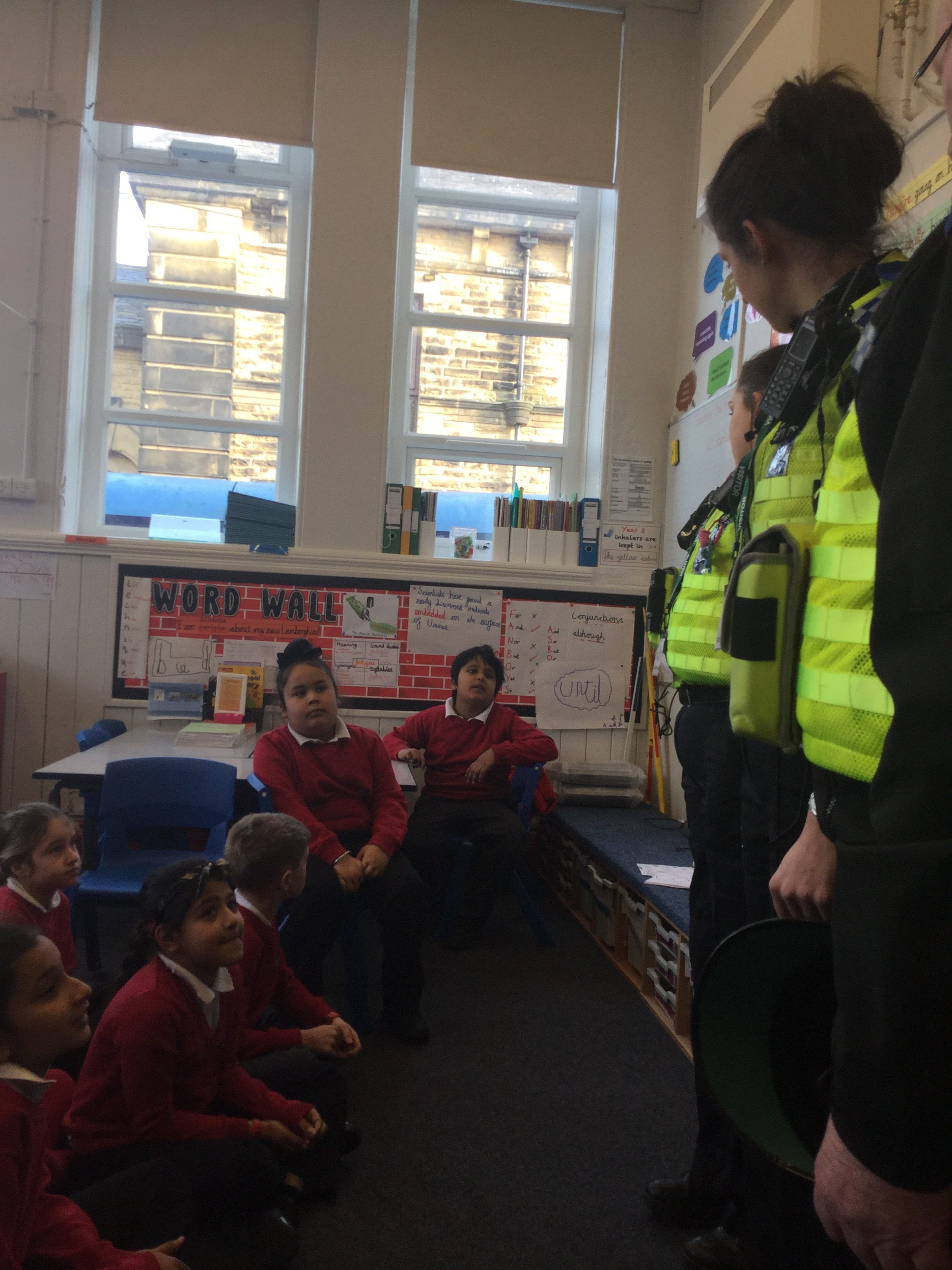
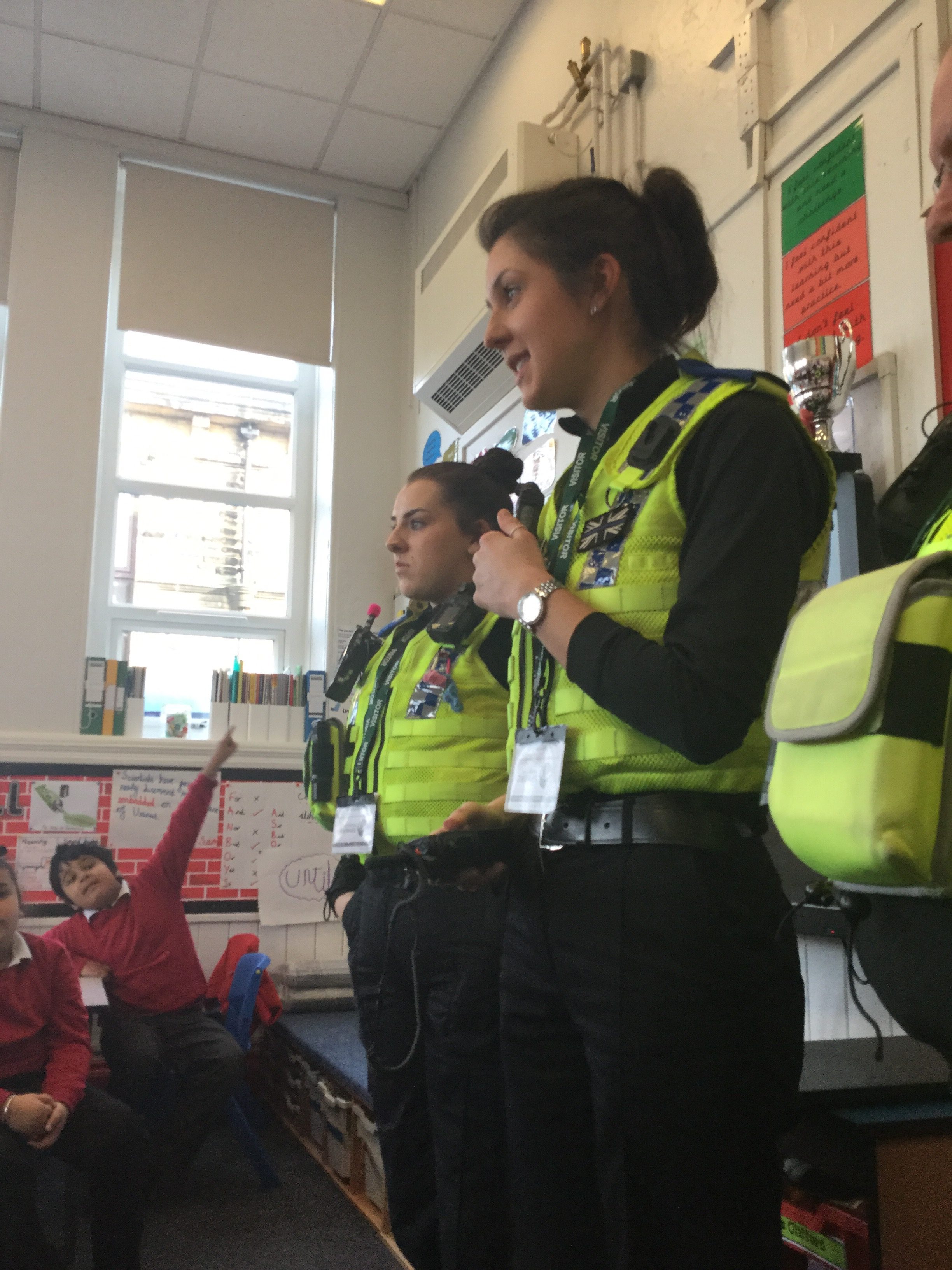
We talked about contacting the police. In an emergency we would call 999.
We were very impressed with the respect you have shown all of our visitors, Year 3. You asked lots of the sensible and thoughtful questions that we have all learnt something new from. Well done!
Living and Learning: Staying Safe information
A variety of safety related information will be sent home during this themed week. Have a look through the information with your child to support and reinforce this learning at home.
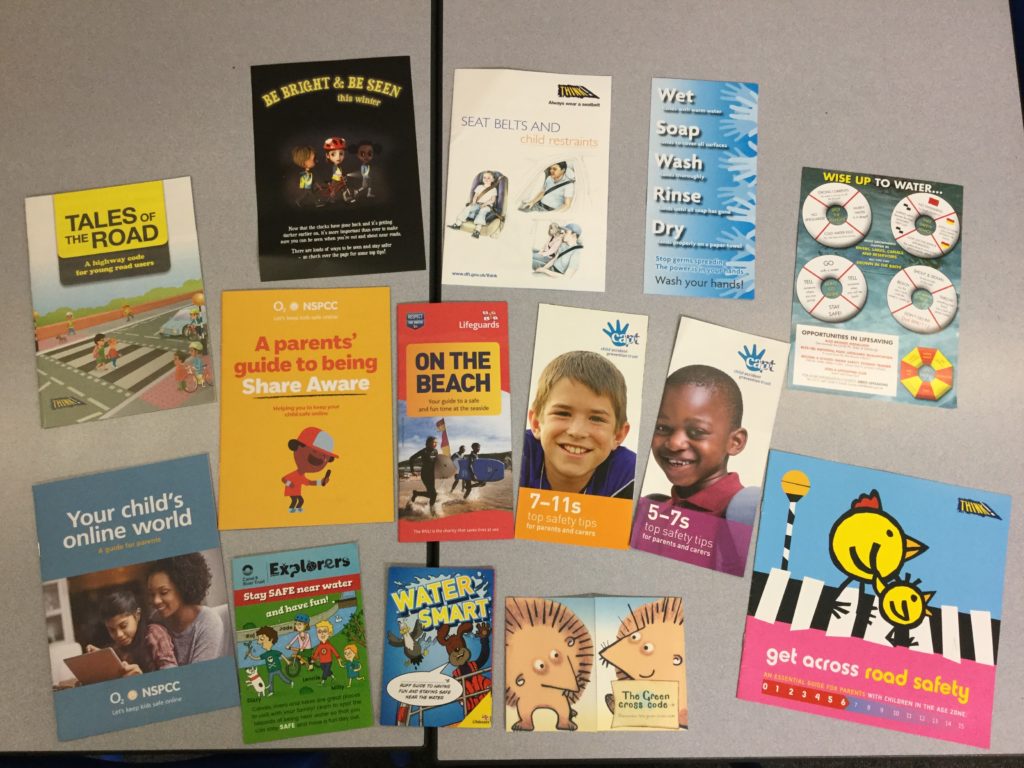
Living and Learning: Staying Safe week begins
Our Staying Safe themed week started today with a launch assembly by Leeds City Council’s road safety team. This included some key active travel and safety messages.
The trainers worked with a number of classes throughout the day.
- Year 3 pedestrian training
- Reception, Year 1 and Year 2 scooter training
- Year 6 Speed Indication Device – checking vehicle speeds in the 20mph zone on Shadwell Lane
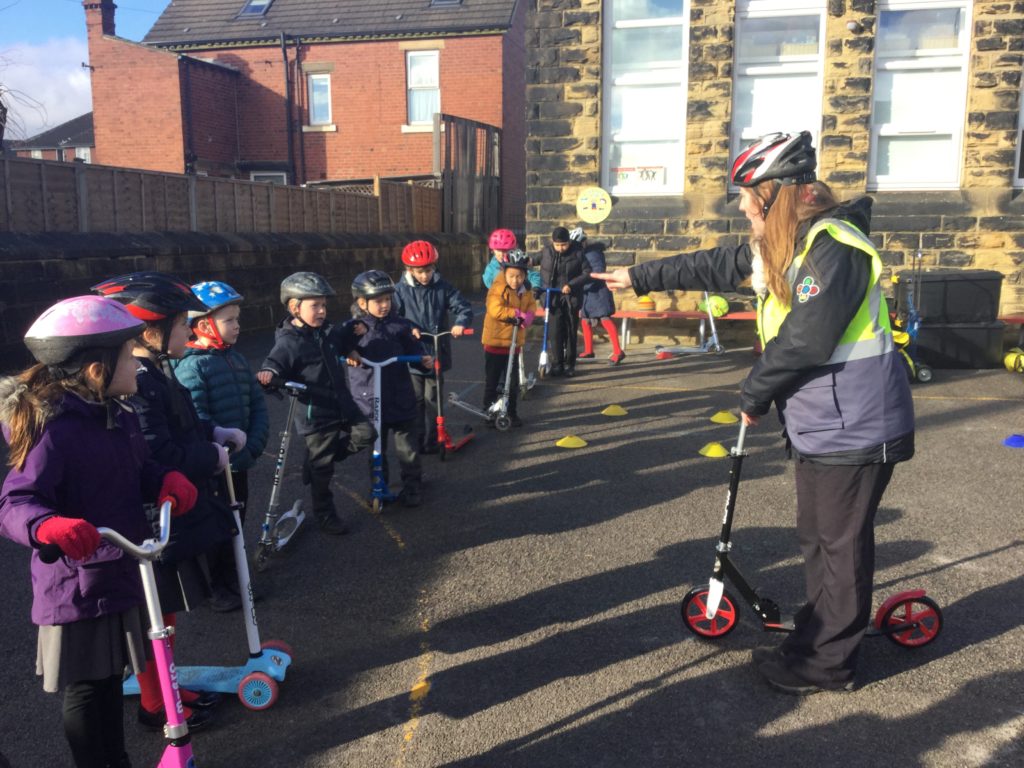
Another visitor, Richard from One Day Creative, has worked with three classes today to deliver e-safety themed drama workshops. Other classes will take part in this learning tomorrow.
Ask your child what they have learnt so far based on our four main objectives for the week:
- Staying safe online
- Staying safe at home
- Staying safe at school
- Staying safe in the environment
Thank you to those parents and carers who attended the e-safety session at the end of the day. We hope you found it useful to learn more about your child’s e-safety learning. To help with practical support with devices at home, O2 in partnership with NSPCC offer a free service over the phone, 0808 800 5002, or in one of their stores.
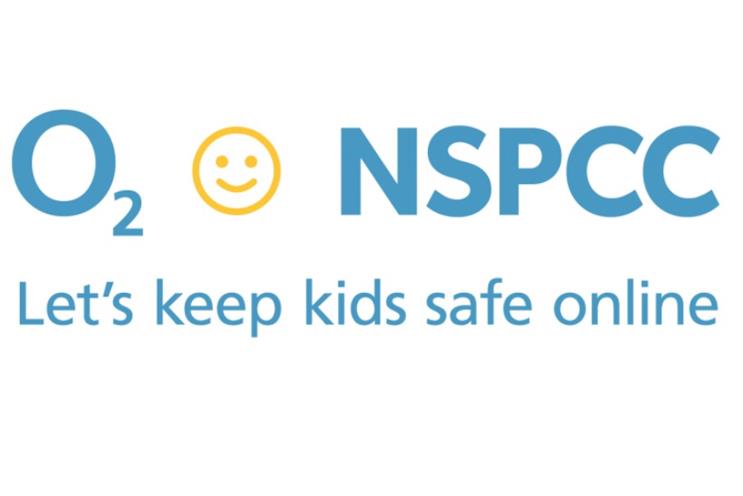
Tomorrow is Safer Internet Day so there will be lots of in class learning on this subject. Have a look at our e-safety end of year expectations for your child’s year group.

